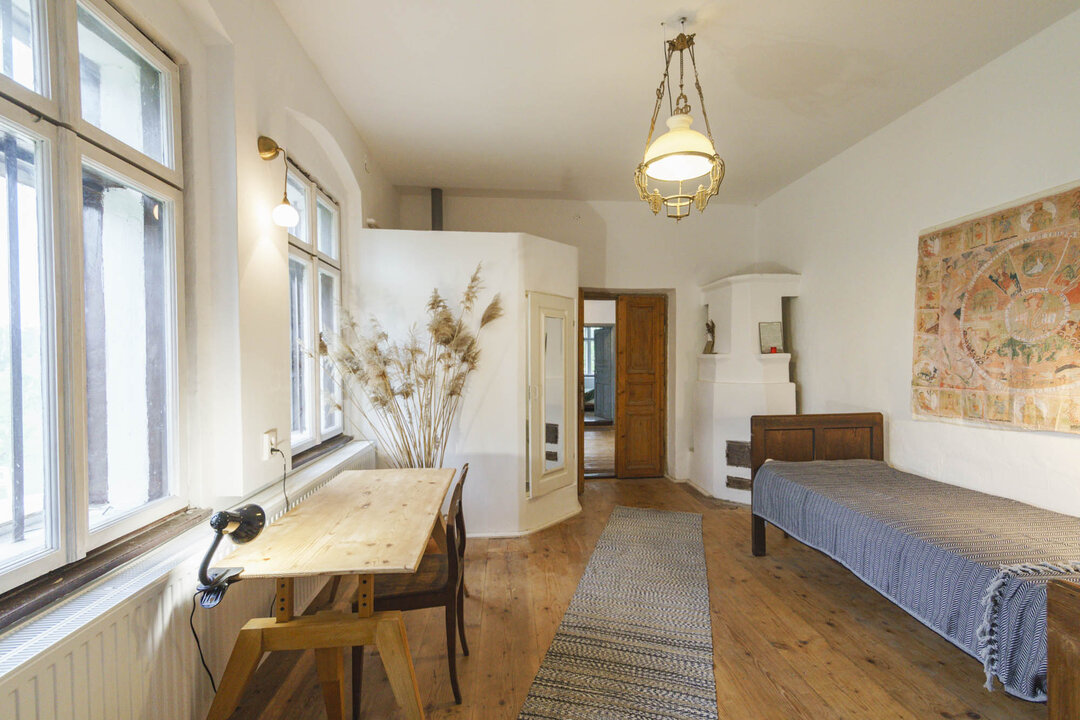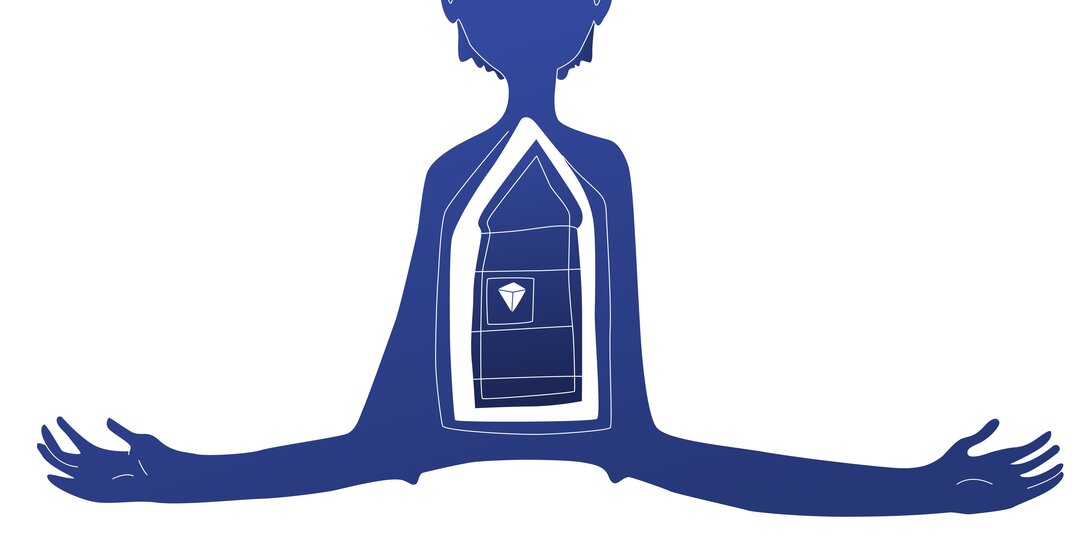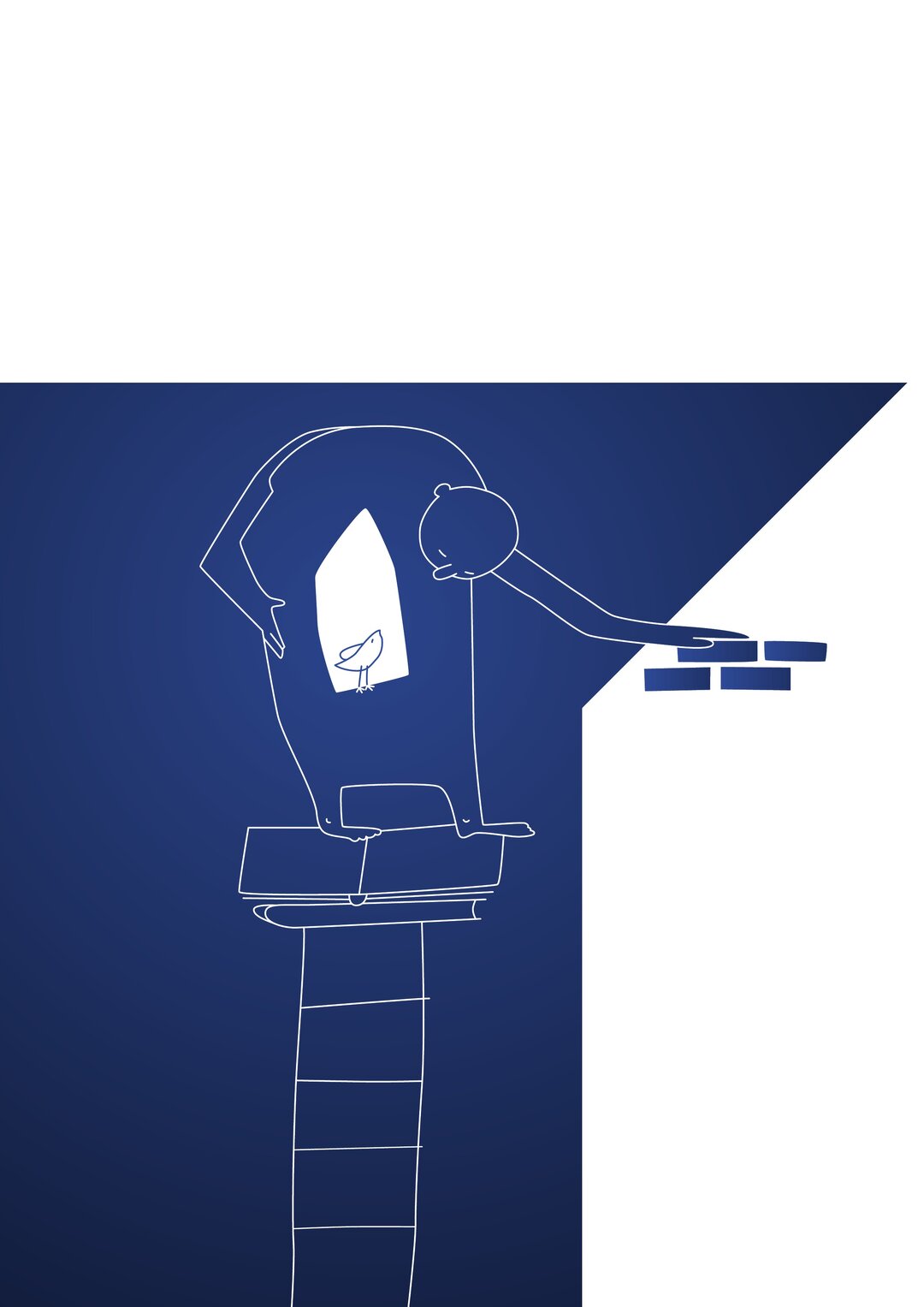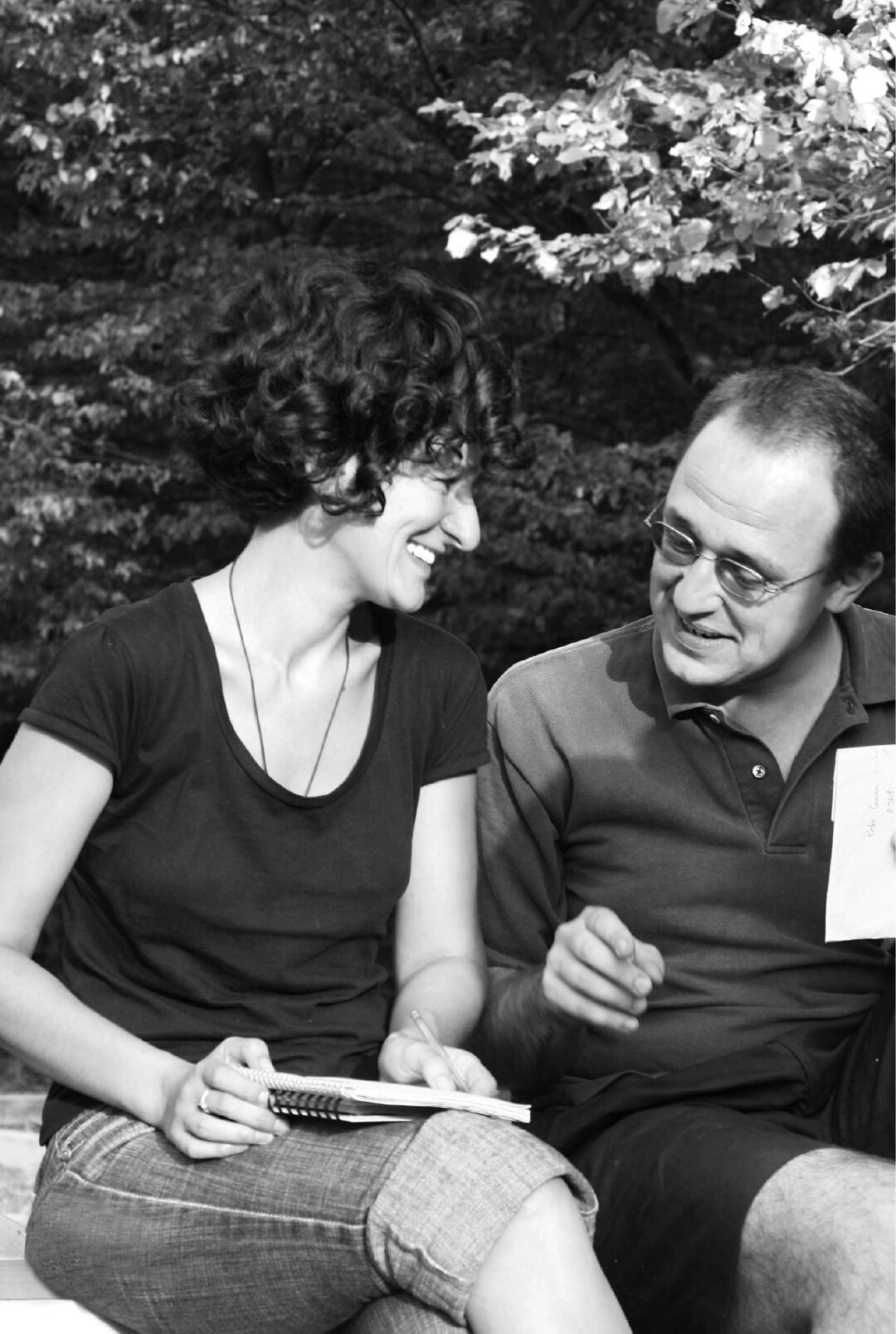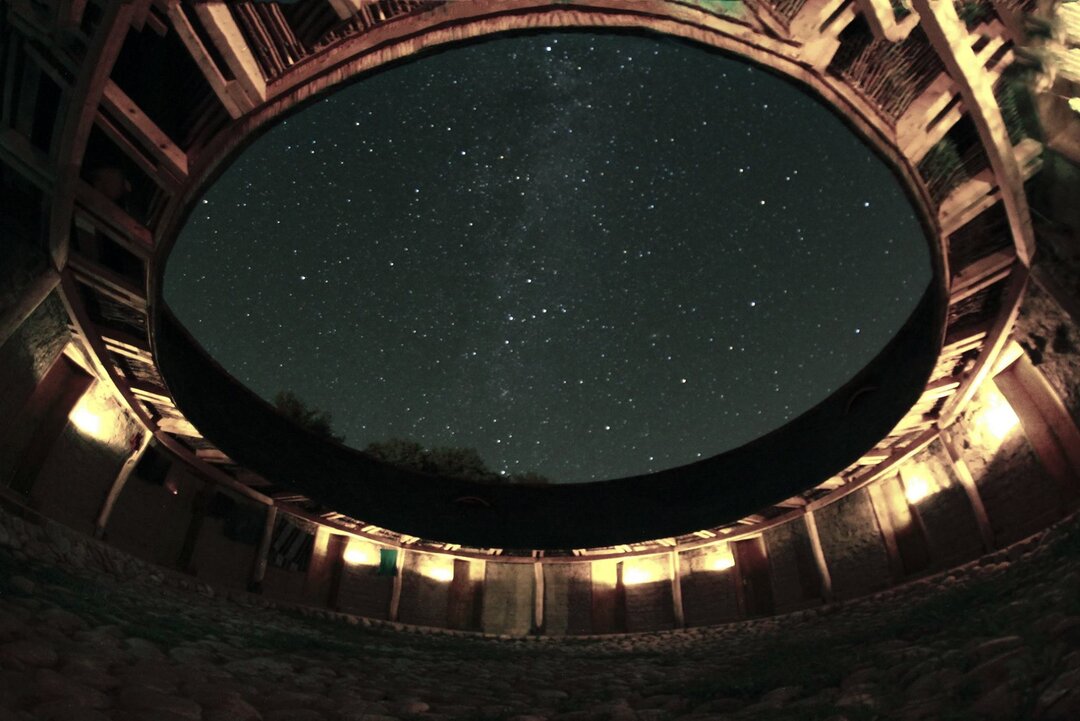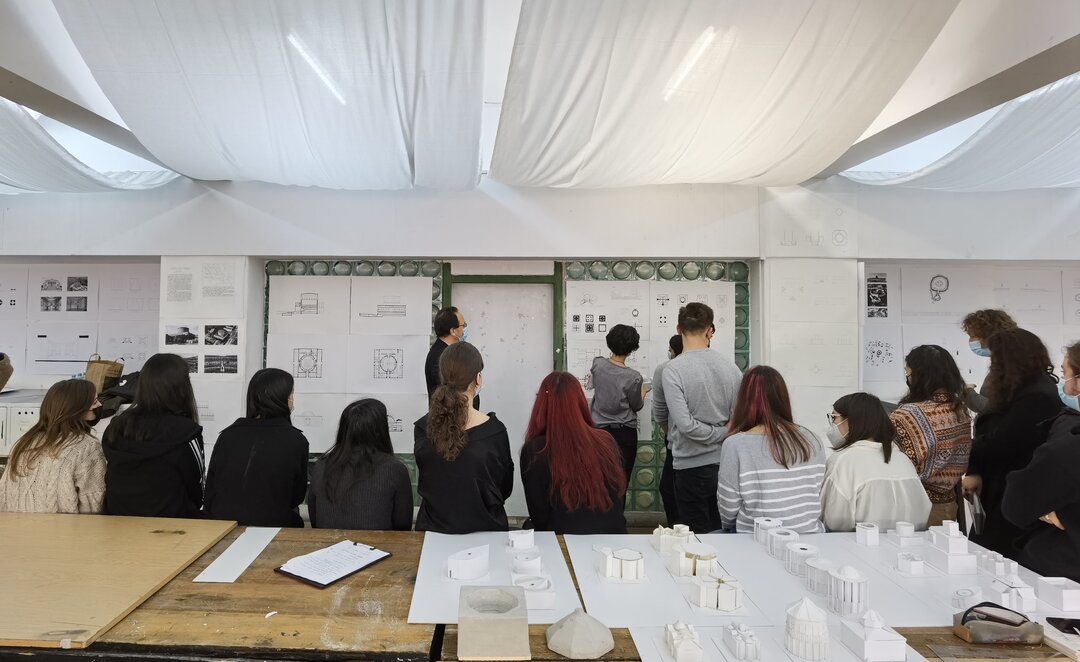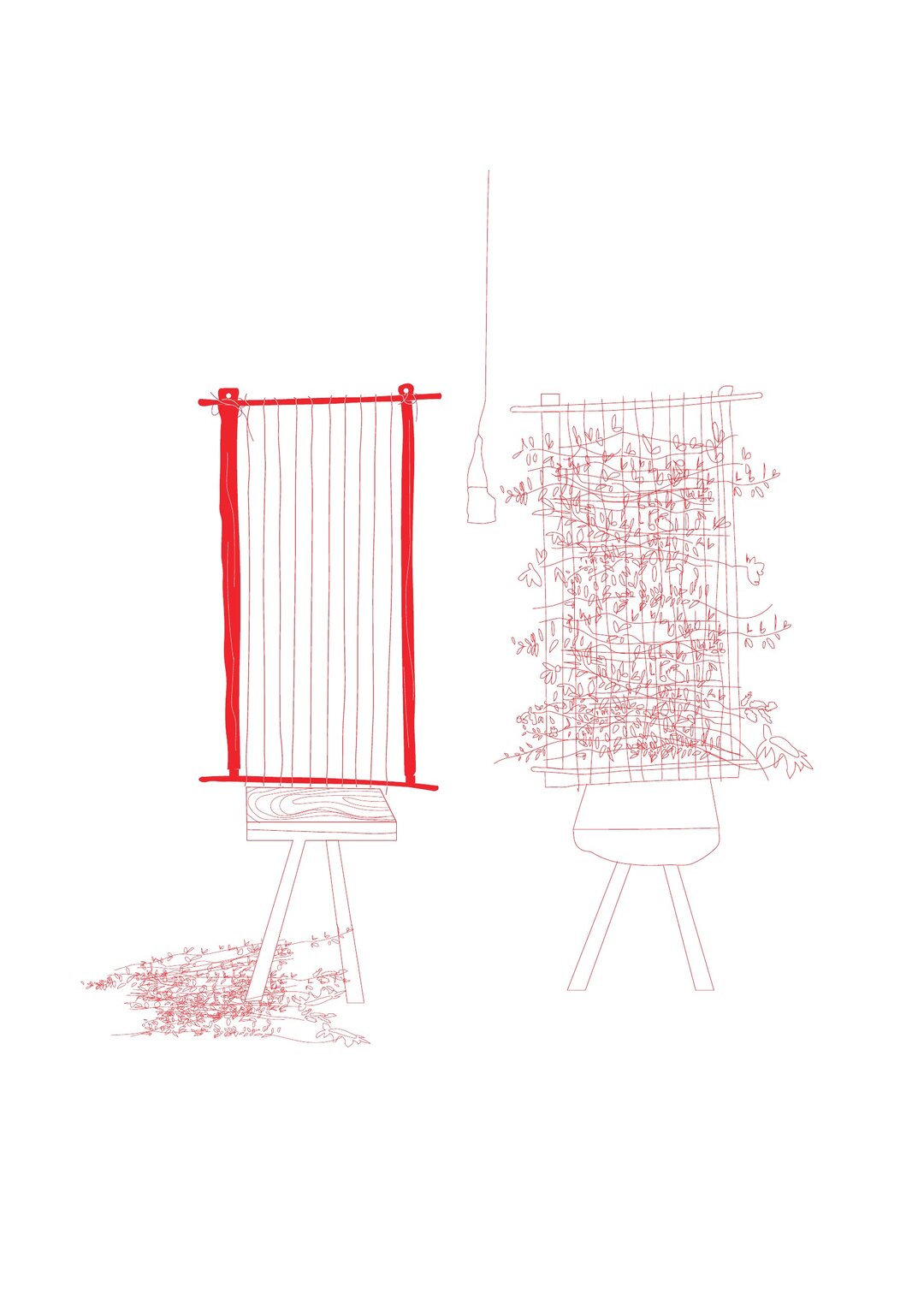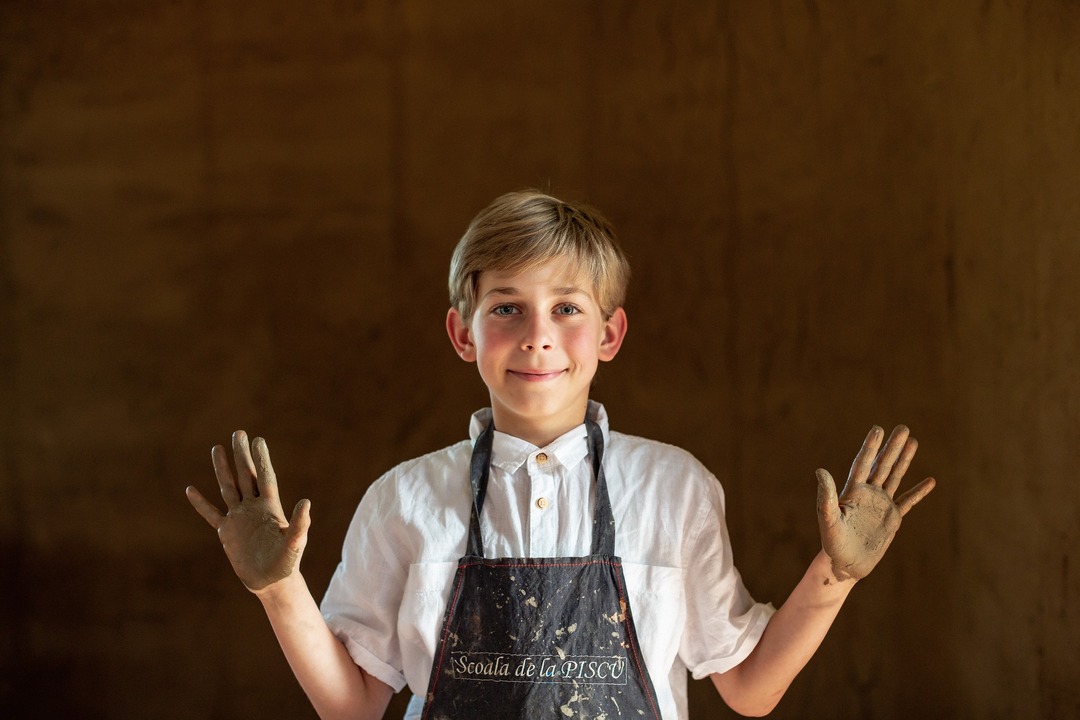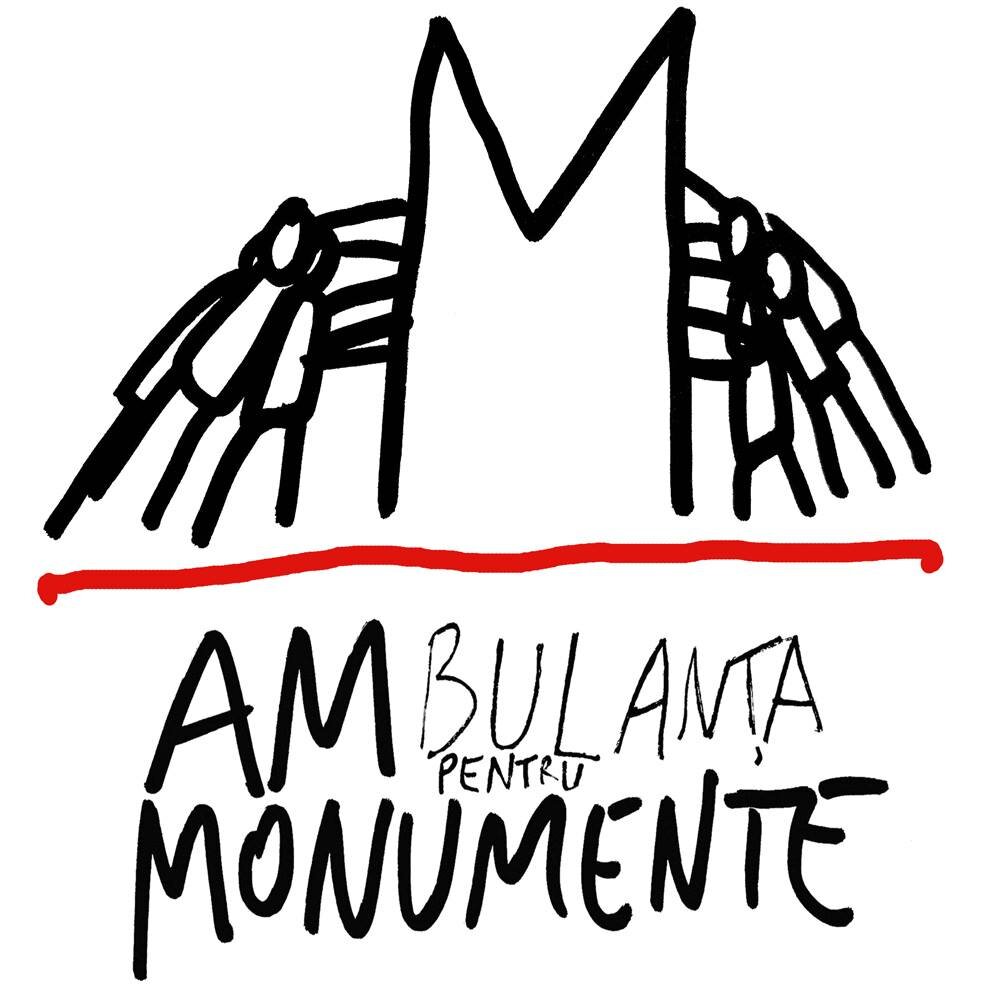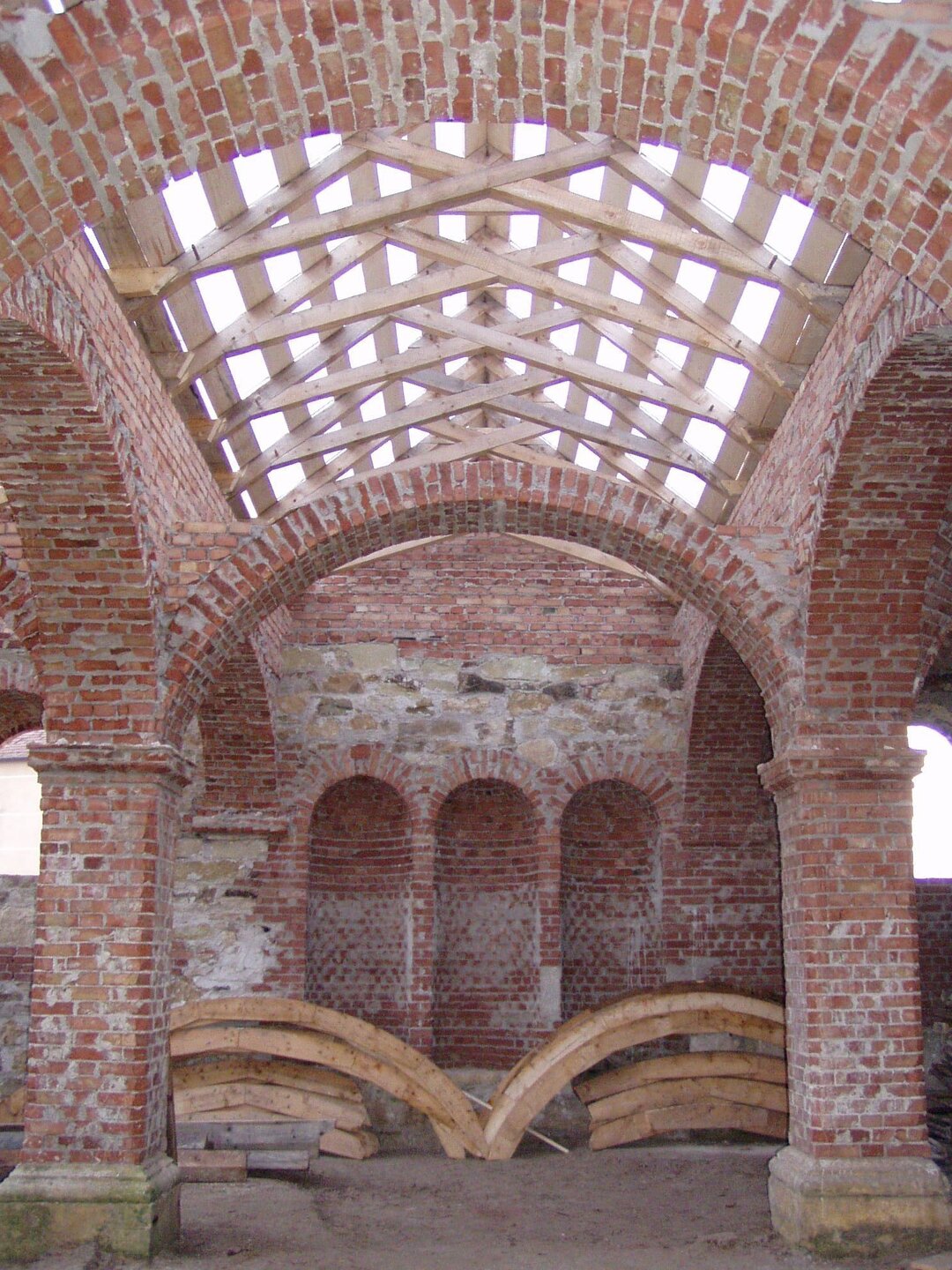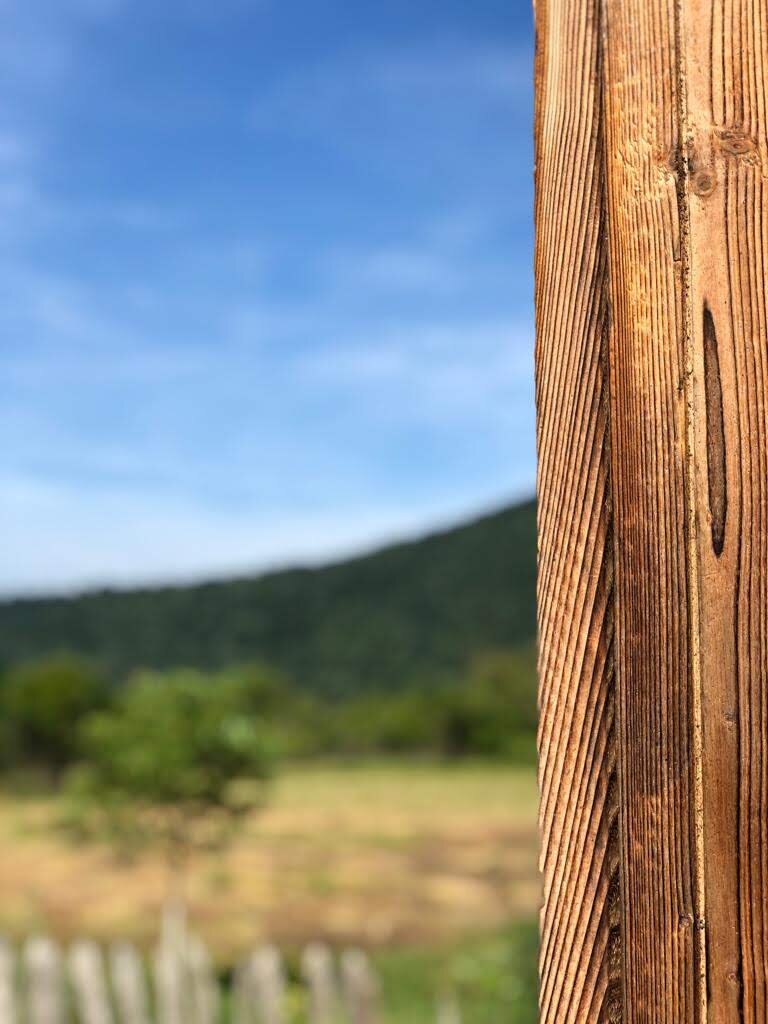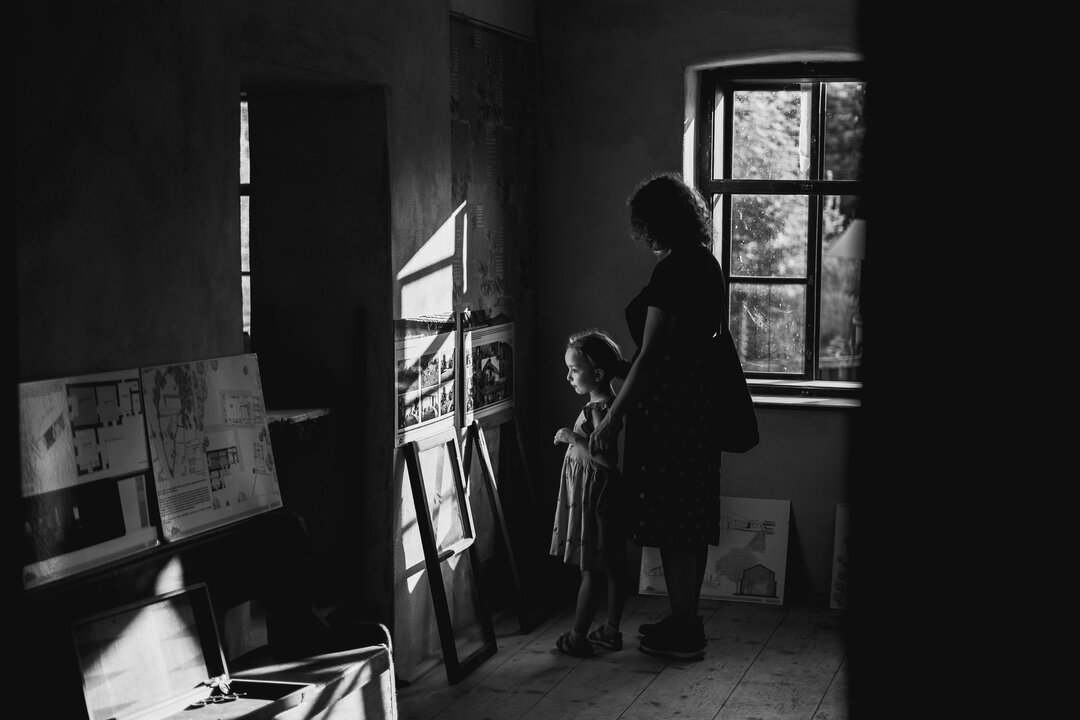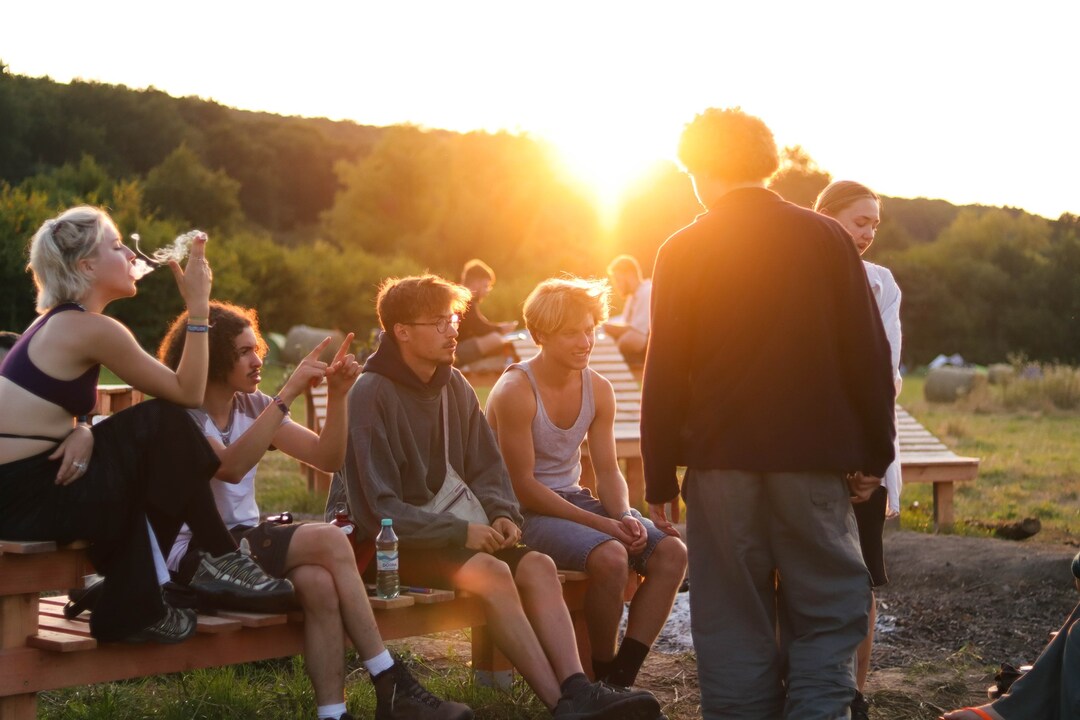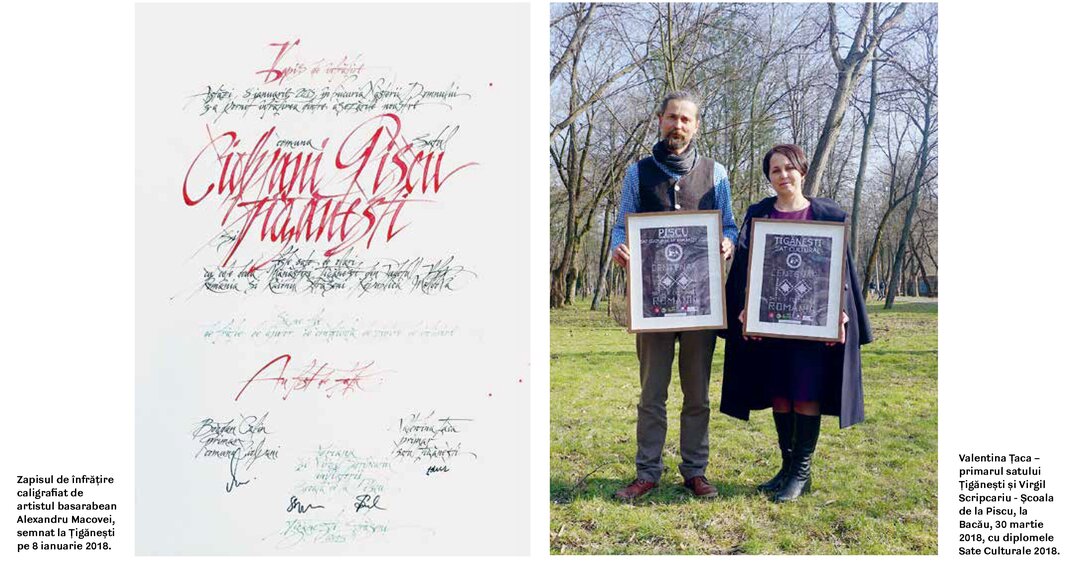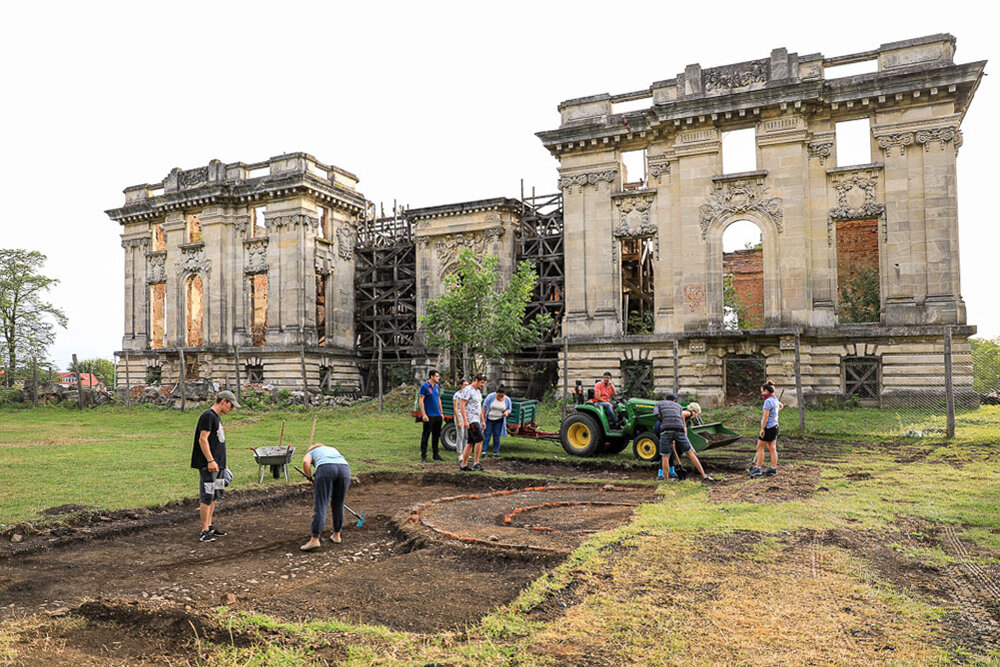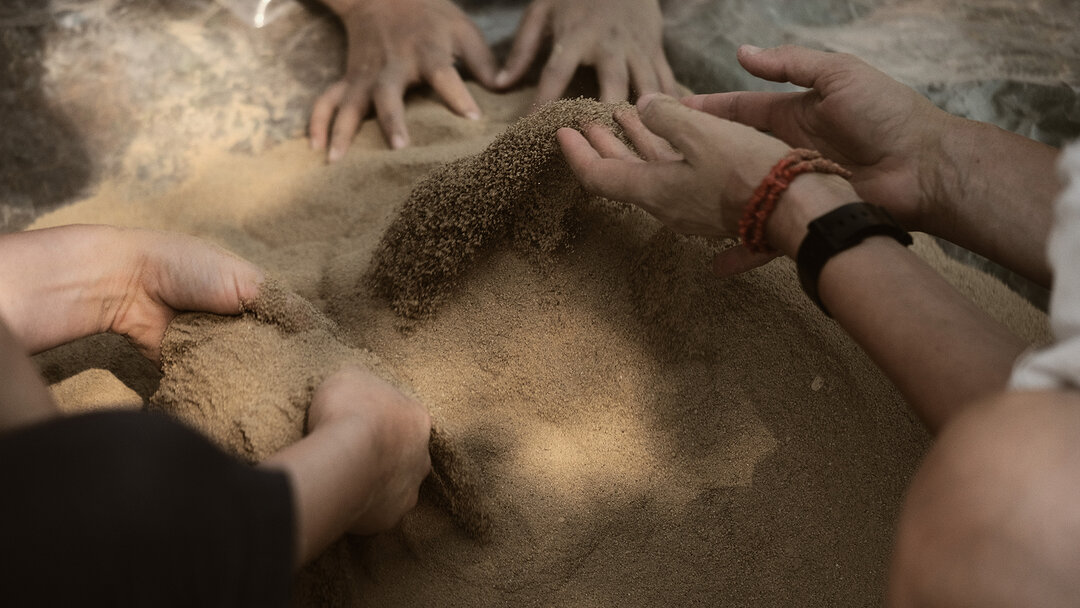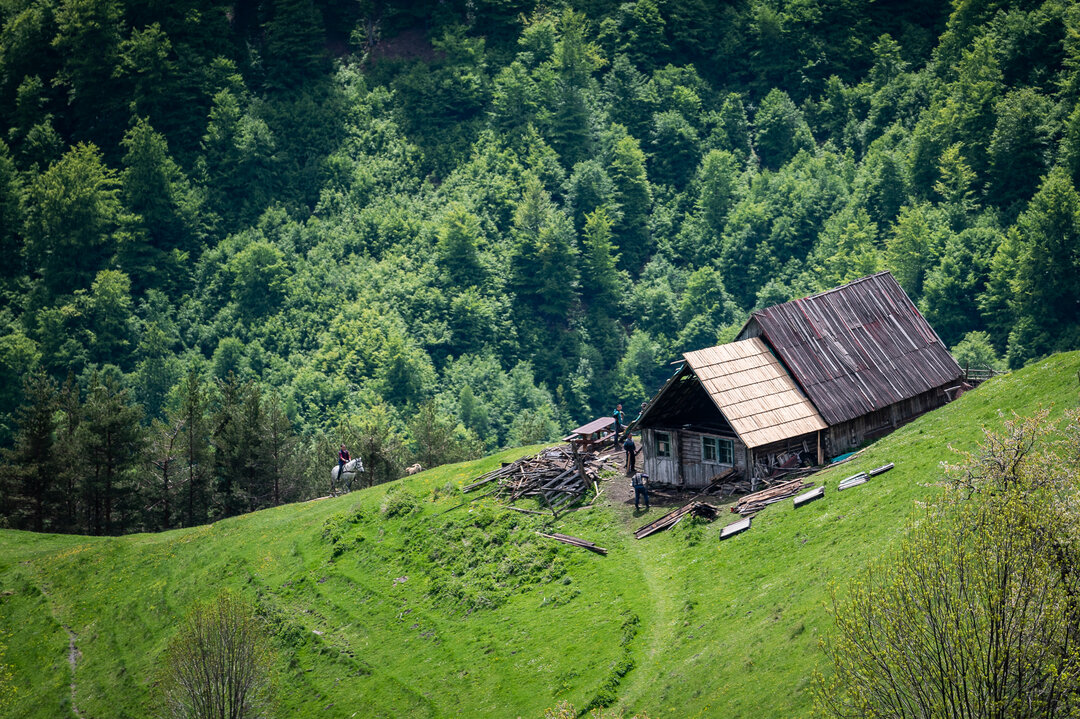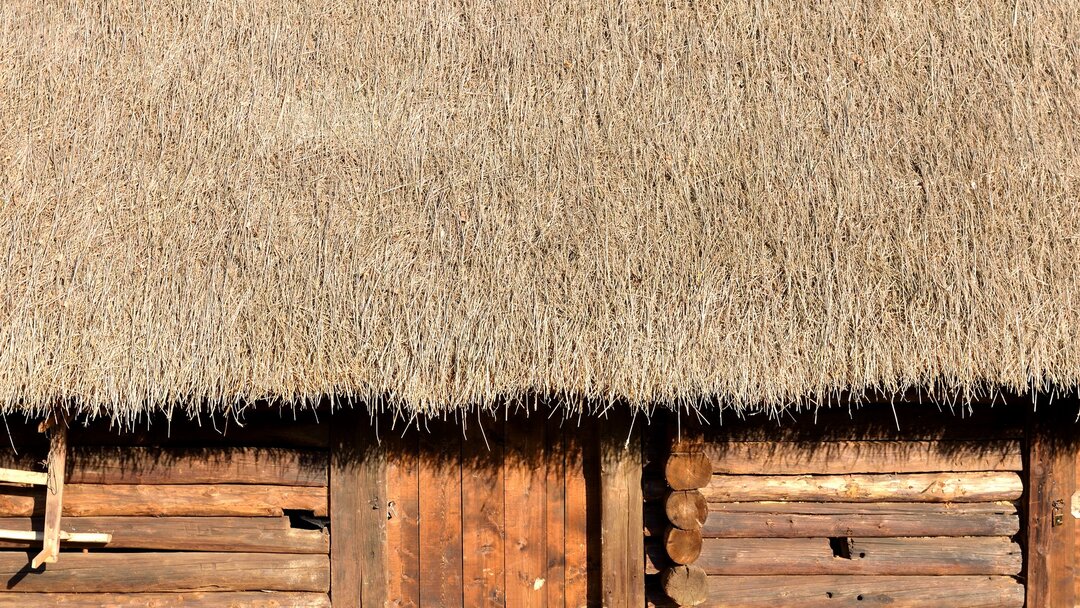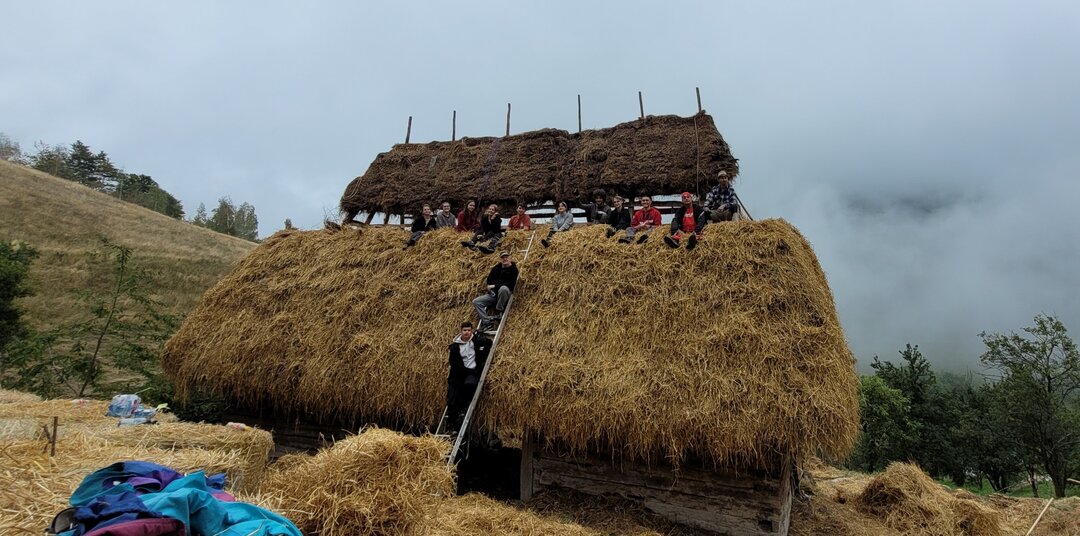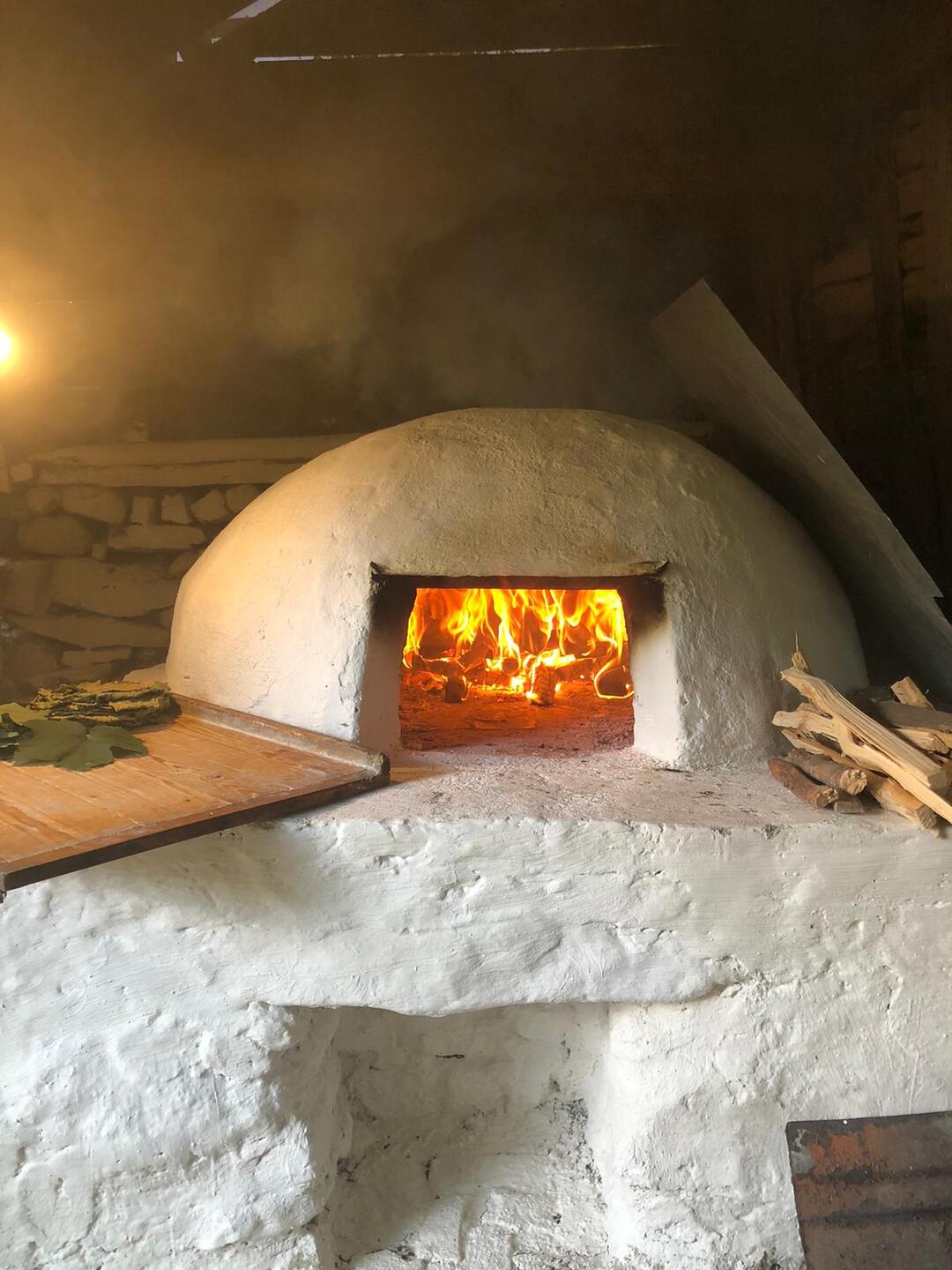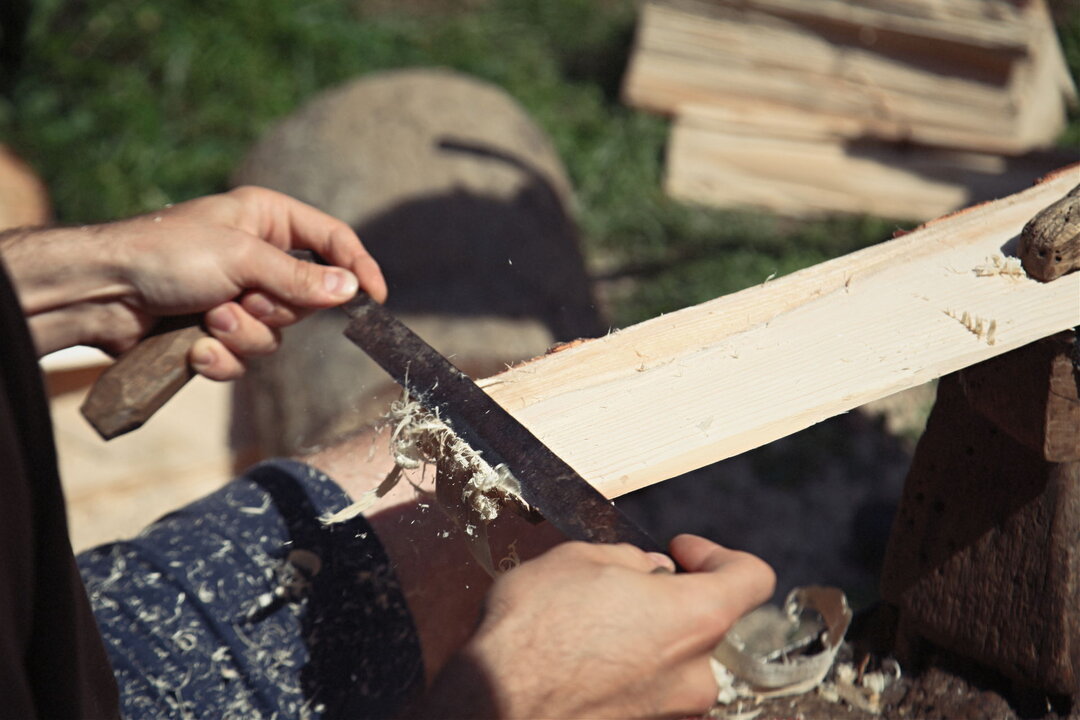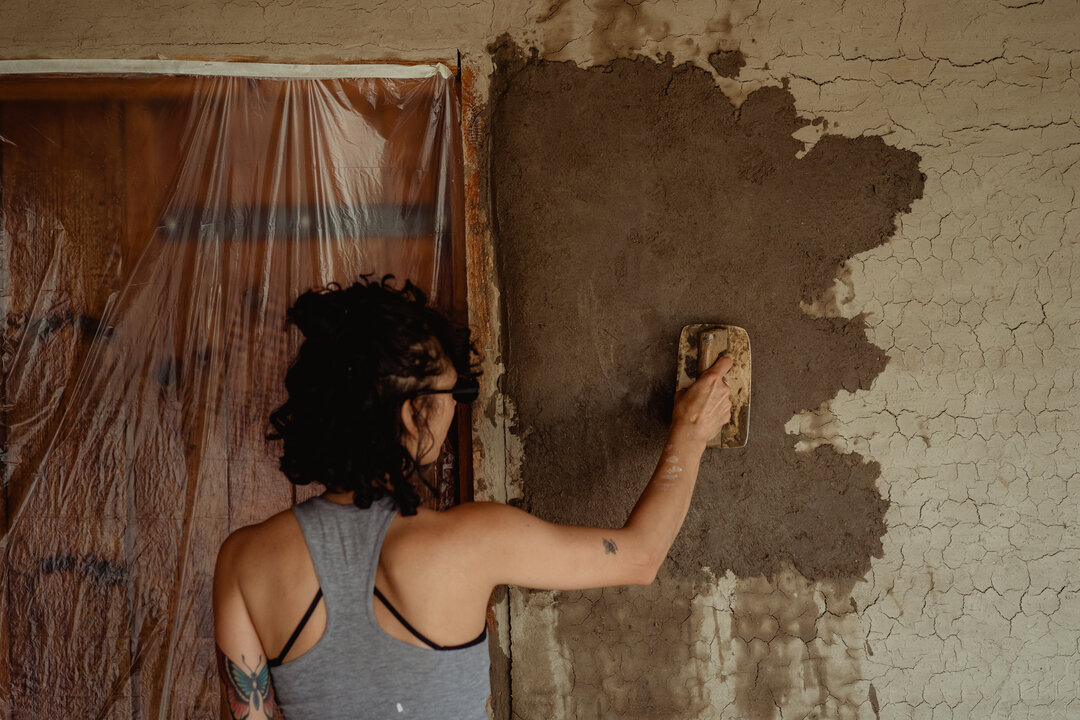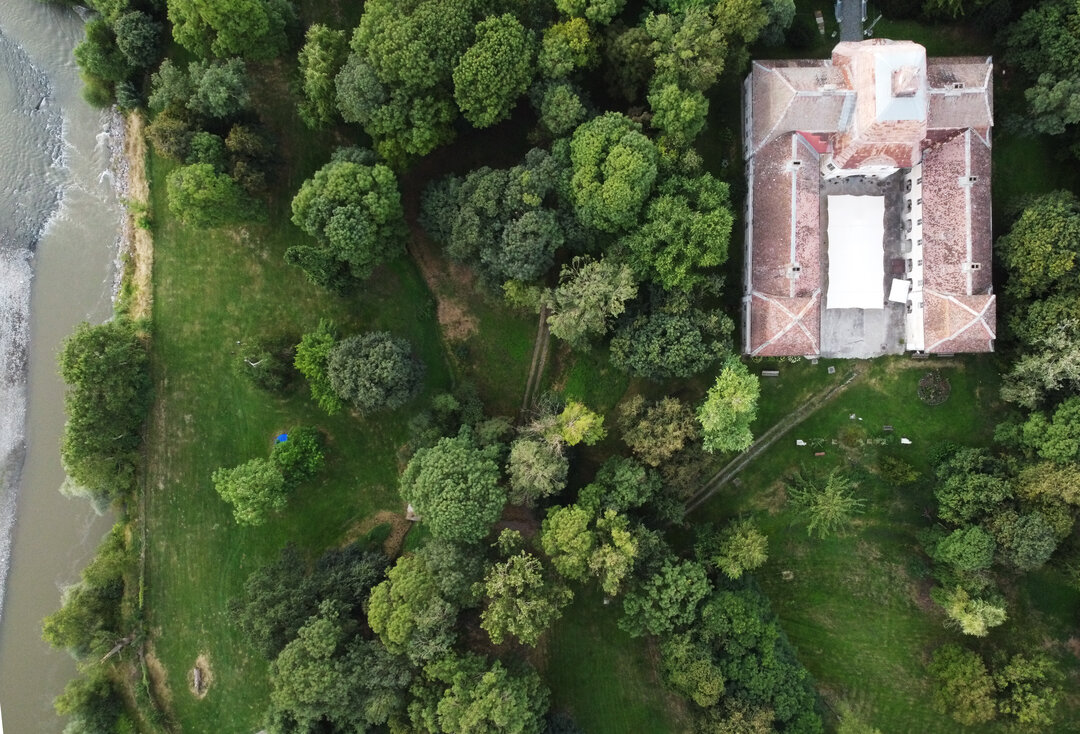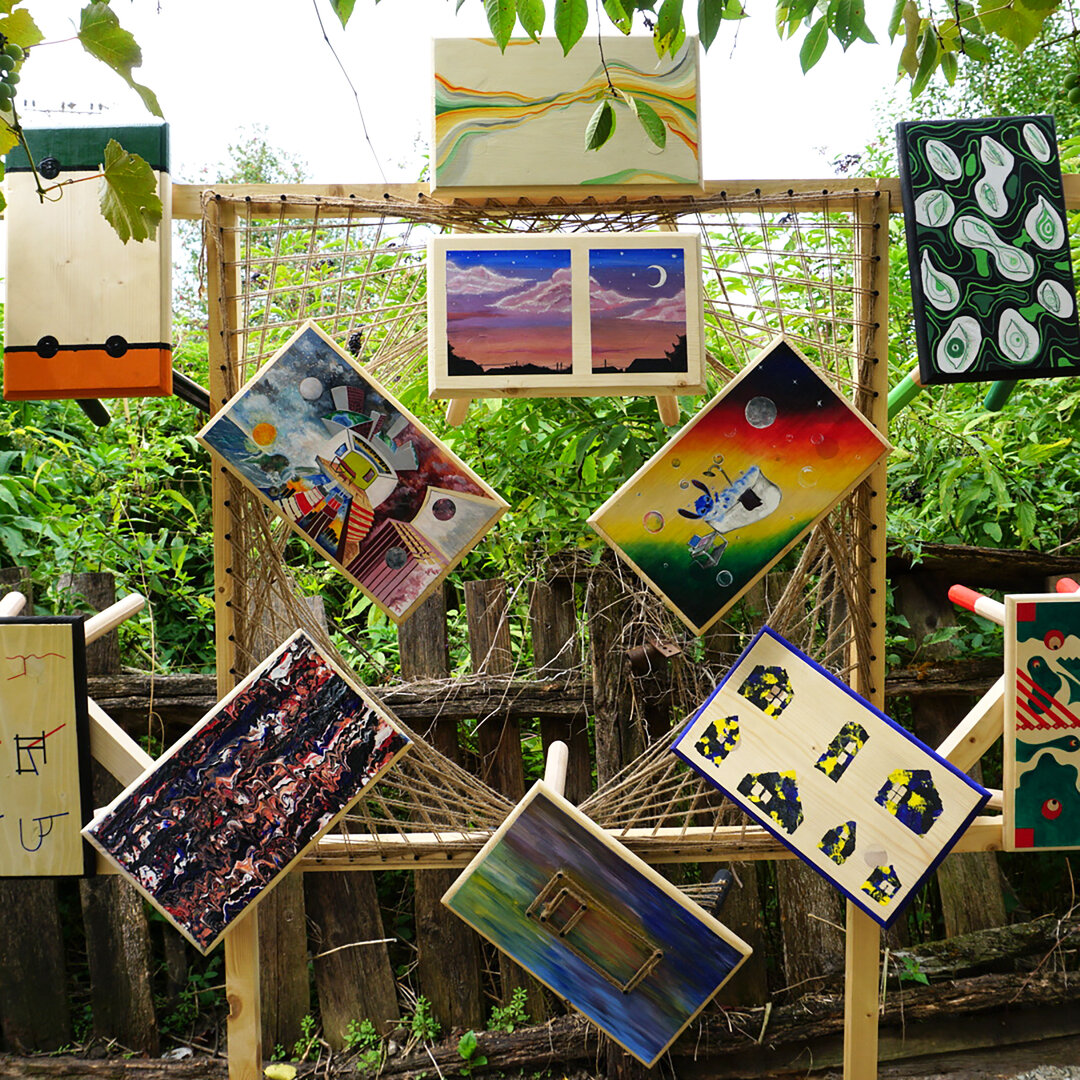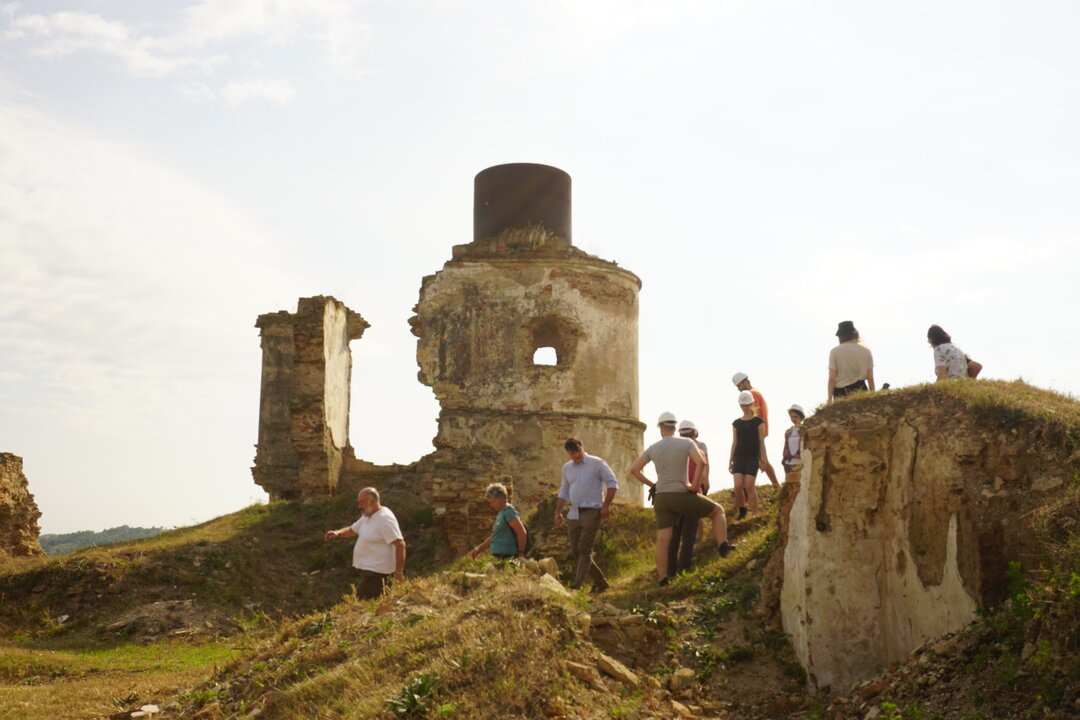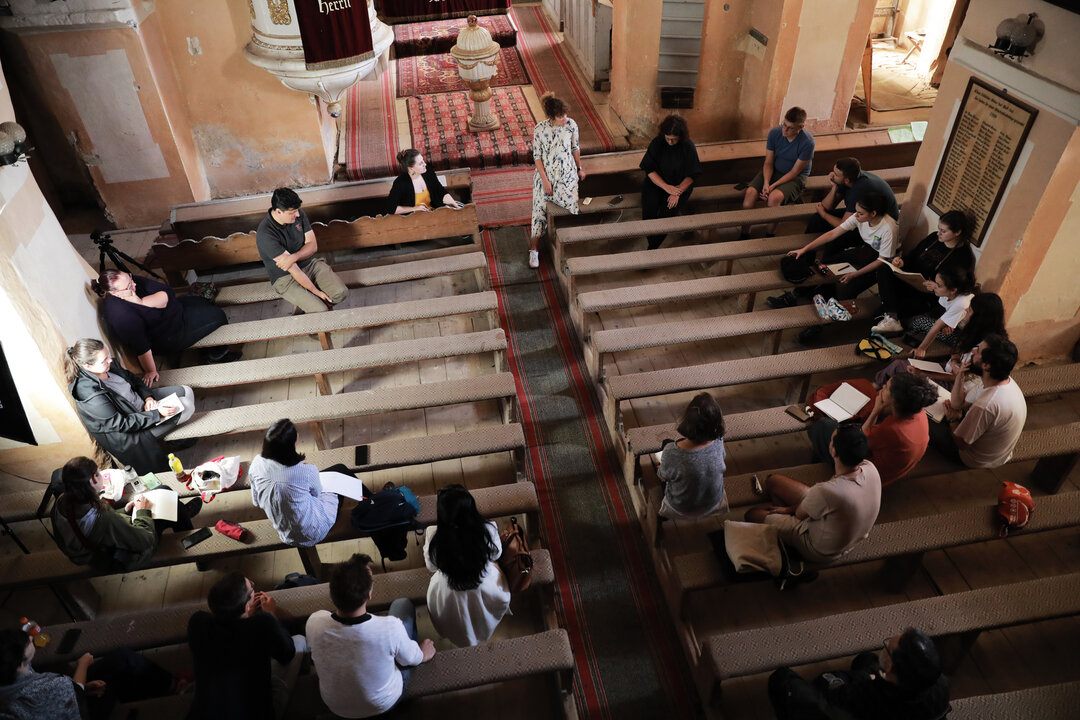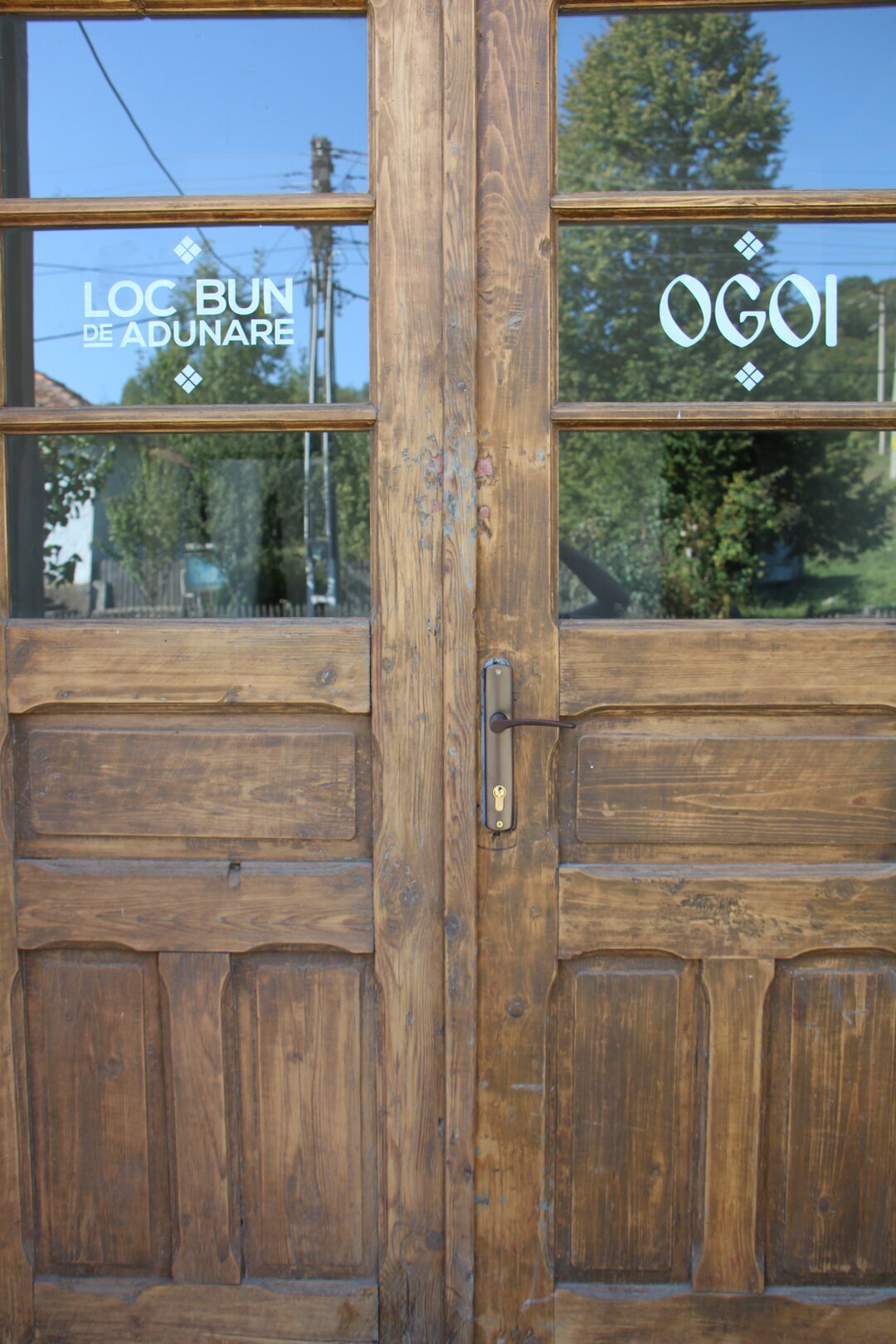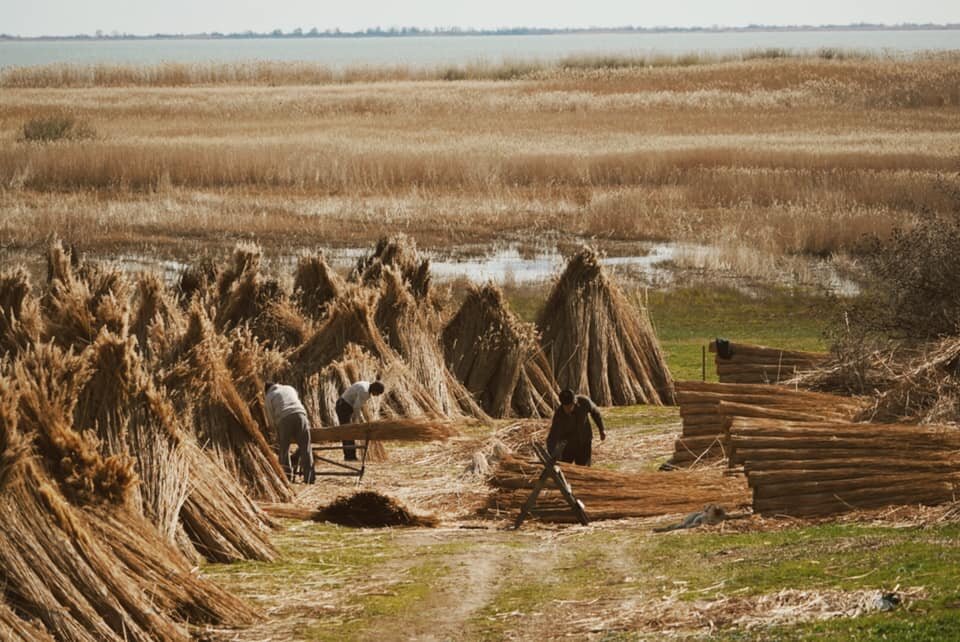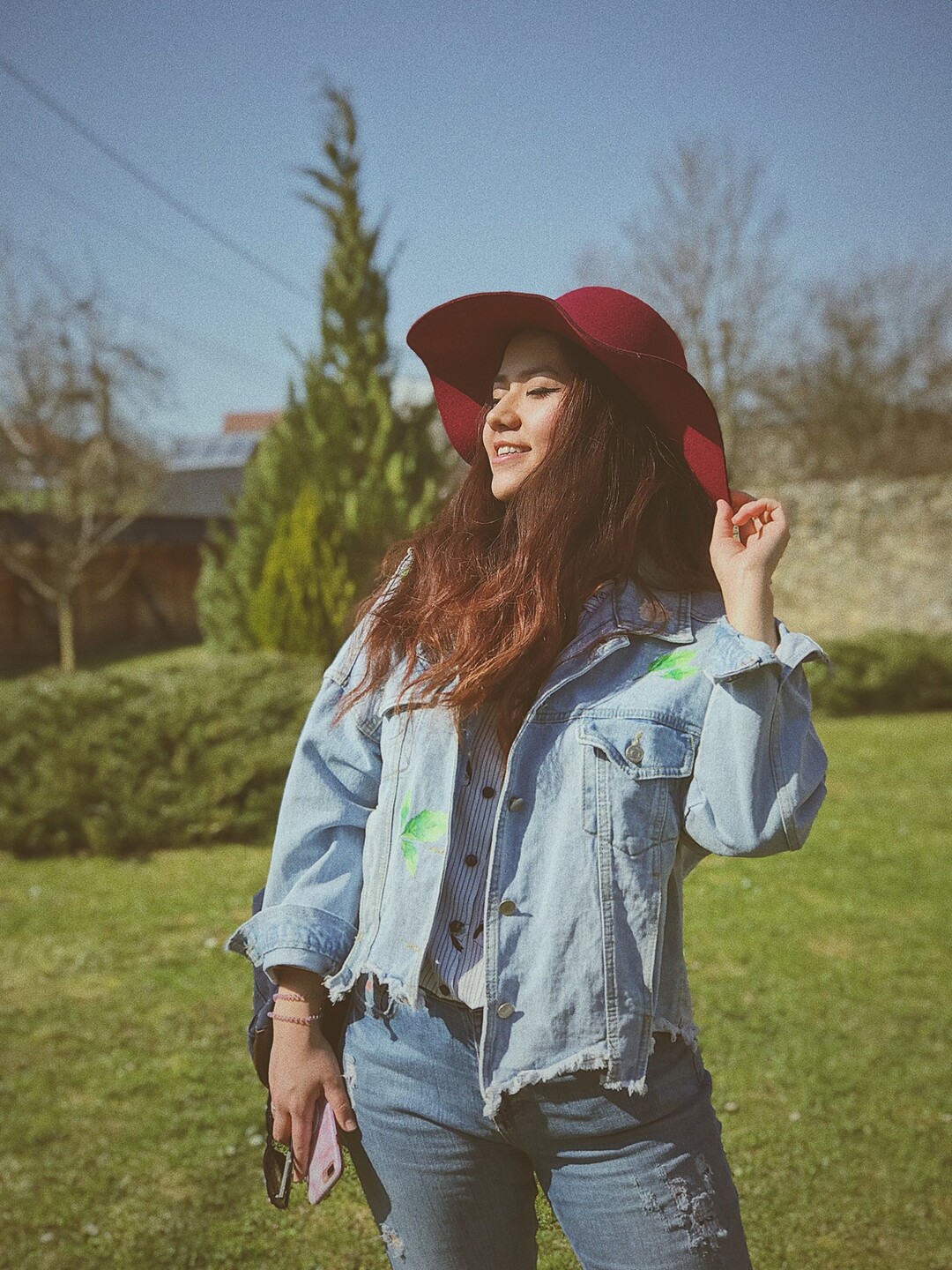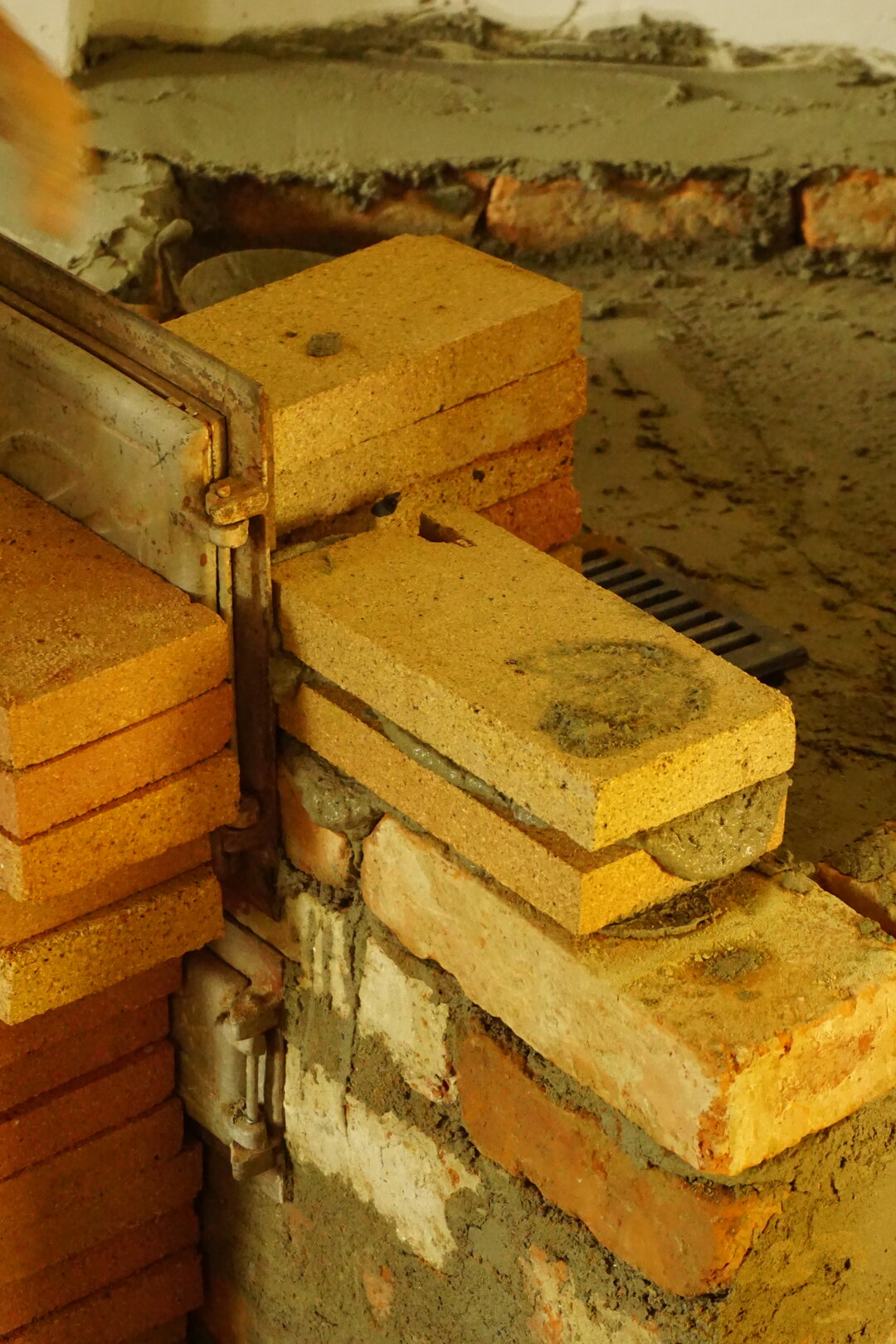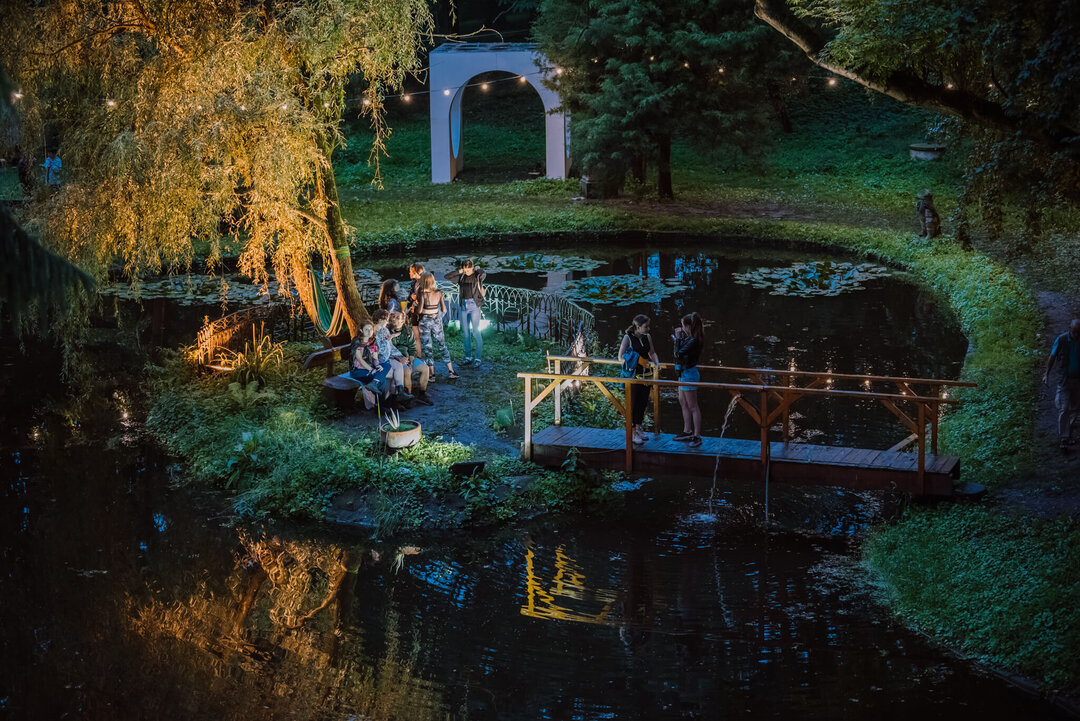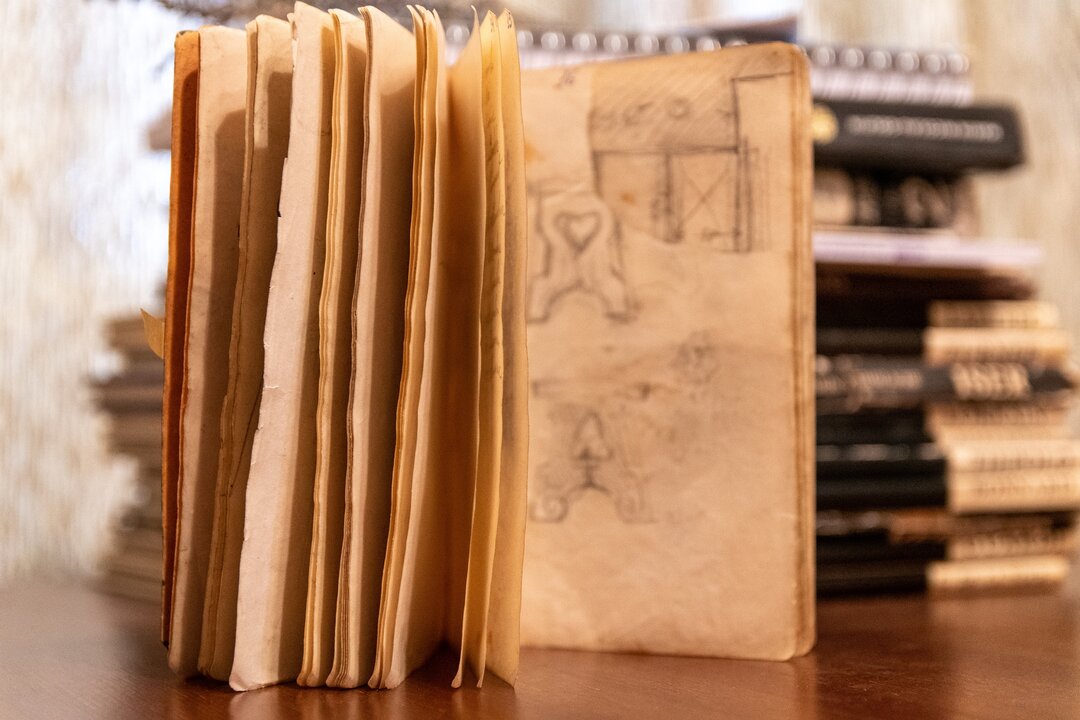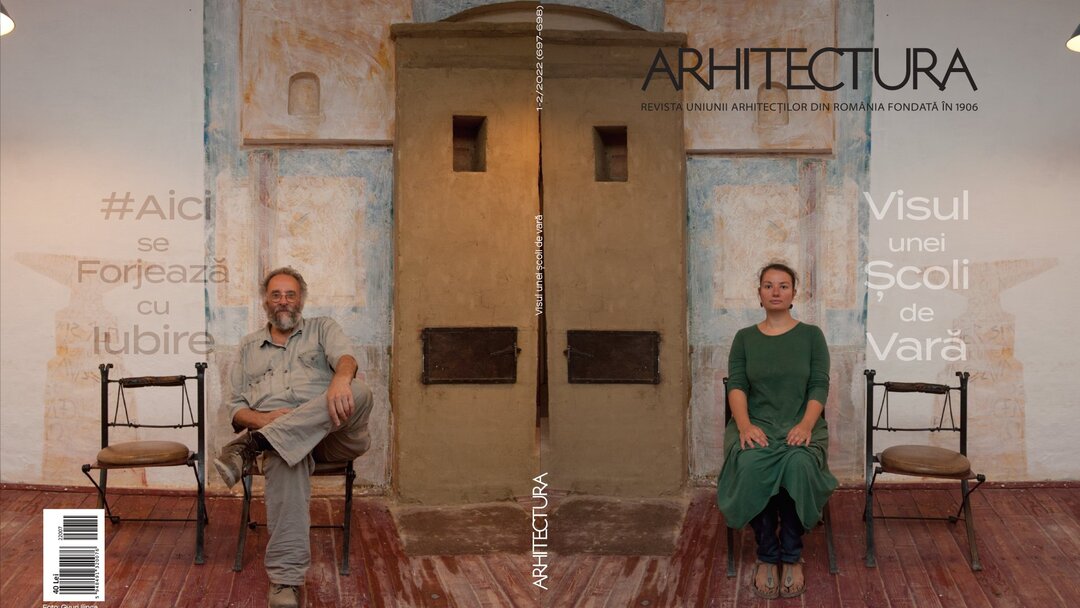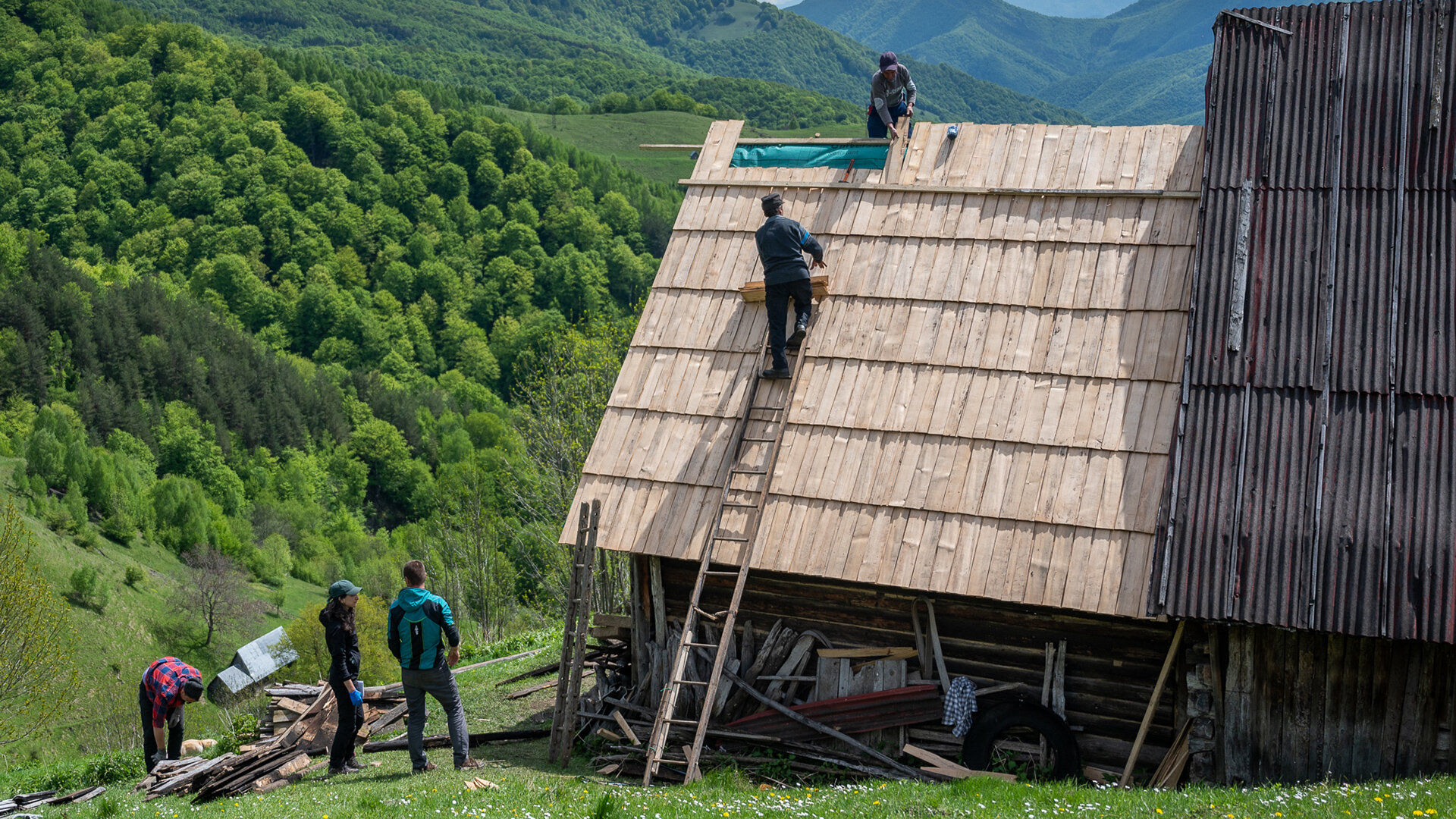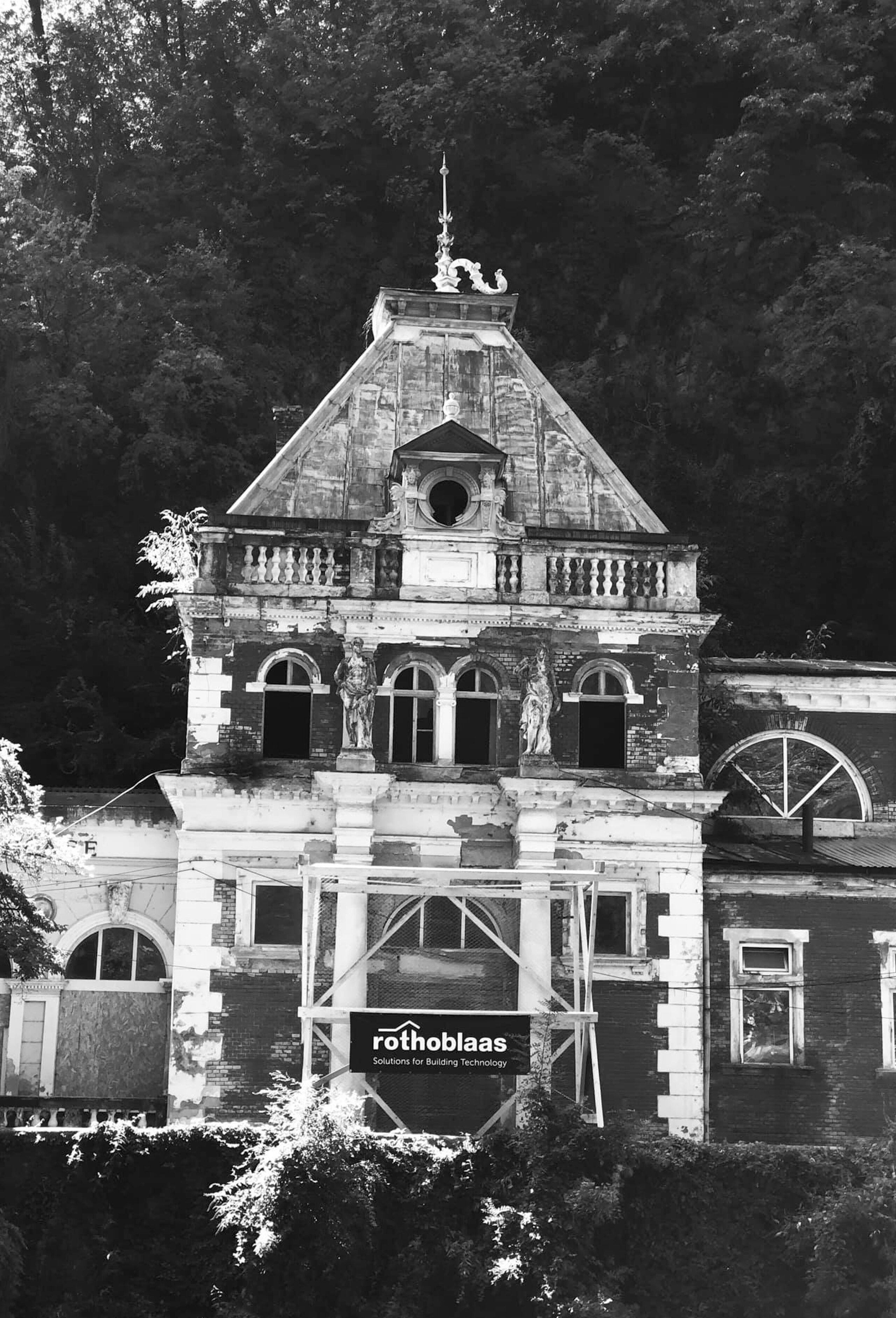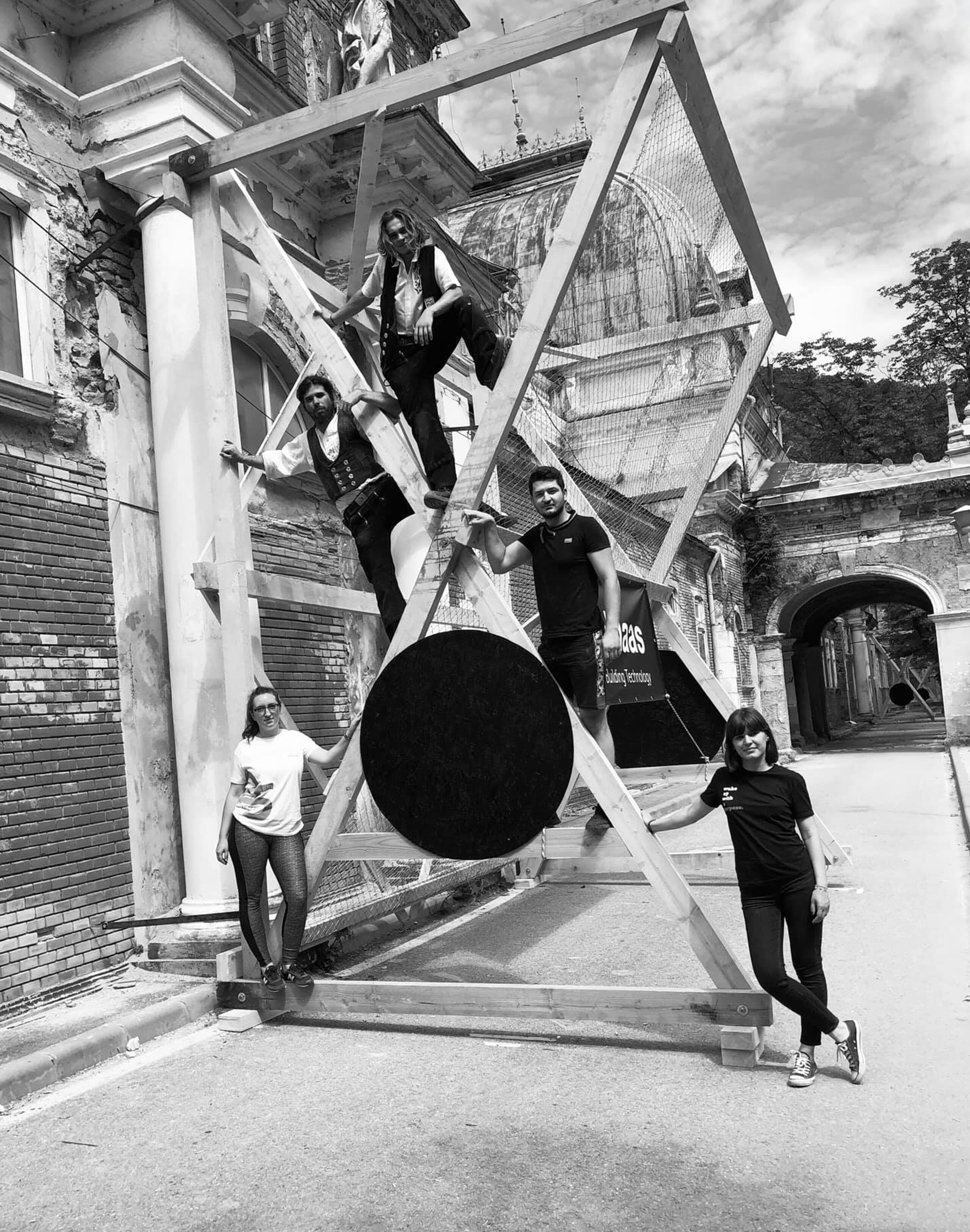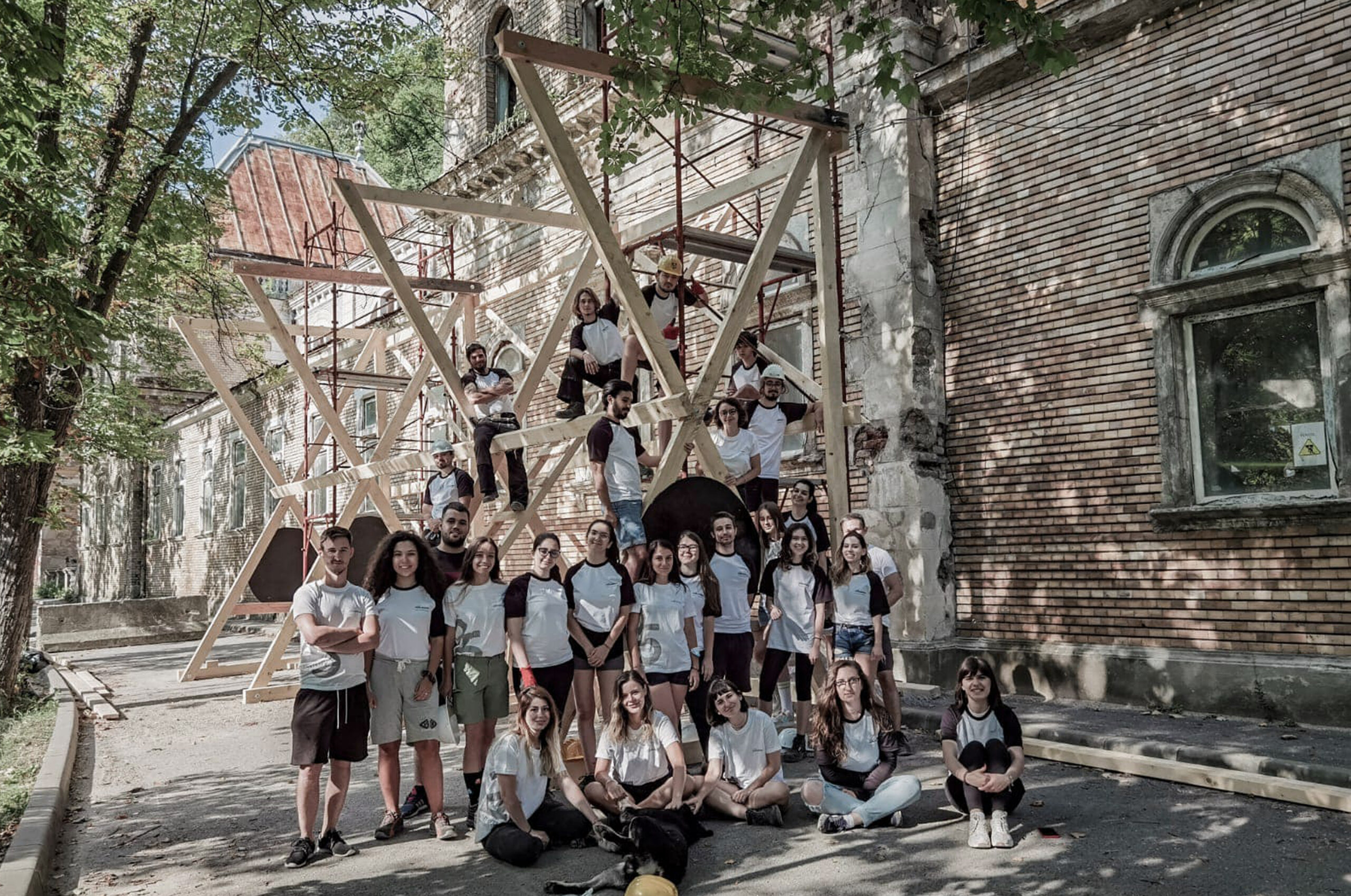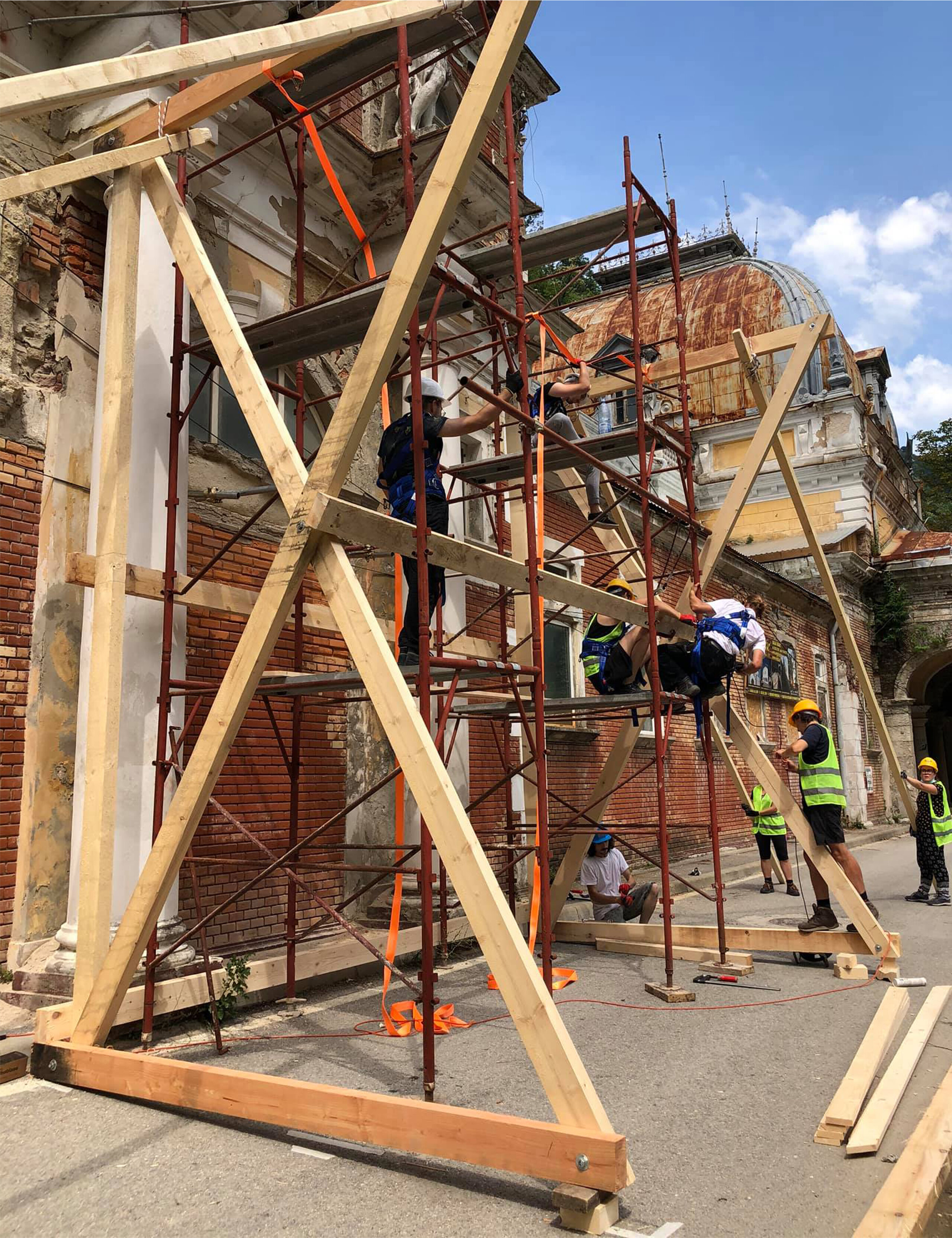
Land of Huts
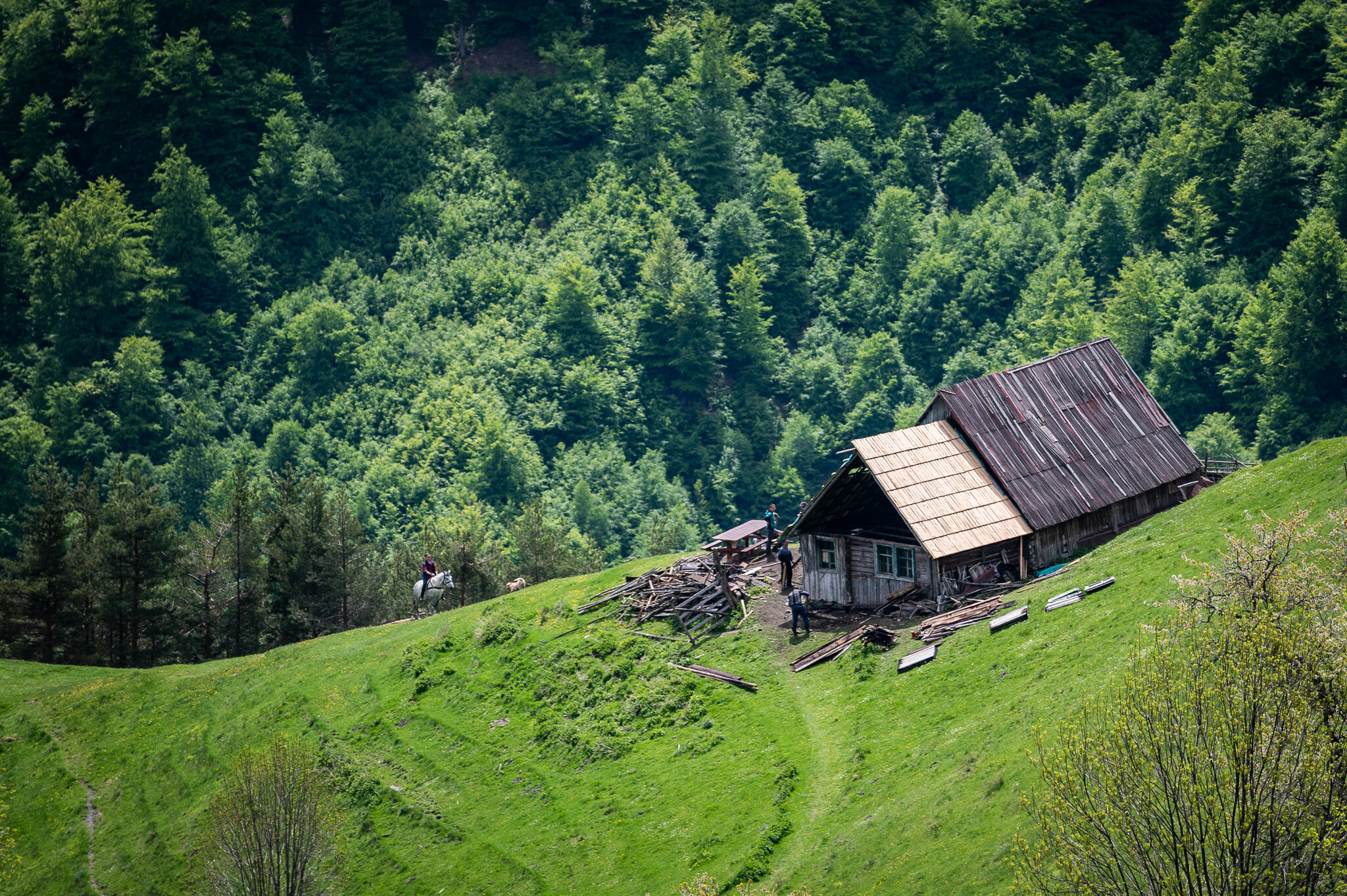
AUTHORS: Andra Simuț - Mozaiq Studio & Dinamic Grup Șelimbăr
Cristian Valentin Cismaru - My Transylvania Association
Martha Toth - Format Proiect Sibiu
Daniel Minea - Râul Sadului Town Hall
Organization: My Transylvania Association
LOCATION: Romania, jud. Sibiu, Râul Sadului
The cultural landscape together with the traditional way of life and occupations in the mountain area are disappearing. The pasture and meadow area of Râul Sadului lies at an altitude between 900 and 1,400 meters in the Cindrel Mountains. This perimeter is home to shepherds and their flocks of sheep in hay huts from Easter to June and from September to February.
Of the 213 hay huts that existed in 1955 on the 4 mountains belonging to the Cindrel massif commune, only 70 have been inventoried to date, and not all of them are in very good condition - only 35 are functional, 20 are visibly degraded and 15 have already fallen down. The number used today for traditional activities is even lower: about 10 are used in summer and only 2 in winter. Over the last 30 years, the situation has changed radically, with less and less herds being taken to the mountains because of the harsh conditions for humans and the low income from livestock farming.
Țara Colibelor is a project in the commune of Râul Sadului, Sibiu county. The mountainous area in the Cindrel Mountains between 900 and 1,400 meters above sea level is the grazing and pastureland of the local people. This perimeter shelters shepherds with their flocks of sheep in huts. They spend the period between Easter and June and from September to February in and around the huts. In midsummer, from June to the end of August, when the flocks are at the sheepfolds in the Lotru Mountains, the meadows around the hay huts are mown. Usually by hand, due to the very steep slope, the hay produced is of the highest nutritional quality in this cycle.
Through this project, we aim to renovate several huts and thus trigger a whole series of actions that will revitalize the cultural heritage, helping to save the mountain landscape through ecotourism and slow food, serving the community.
We encourage the emergence of an ecotourism activity, organized in direct support of farming and animal husbandry activities at the huts; In the offer of leisure time at the huts, we support the continuation of the sheep herding activities practiced by local young shepherds by providing a higher income and improving living conditions at the huts.
Organizer: Locus Association (Oana Chirilă, Cristina Apostol)
Beneficiary: U.A.T. Băile Herculane, Caras-Severin County
Coordinator: Christian Rummel & assistant Adrian Nicolae Prisca
Technical coordinator: Dobre Iulian George
Competition winners / project coordinator (implementation)
/ project leader: Mihai Șom & Diana Sava
Participants: Posdarie Alexandra, Mocioiu Alexandra, Stănescu Andreea, Paraschivu Florin Adelin Eleodor, Vîlceanu Adelina Diana, Meixensberger Astrid Bianka, Naghiu Alexandru, Restivan Francesca Tiziana, Roșu Alexandru, Marin Florentina, Petrica Anca Ștefania, Csukás Bálint, Persunaru Cătălina, Nițu Mihaela Adriana, Tranescu Sara Sara, Bogdan Botiș, Dobre Mihai, Porime Iulia, Sala Narcis, Mihai Șom, Diana Sava
LOCATION: Romania, jud. Caraș-Severin, Băile Herculane
Baia de Arhitectură proposes a dialogue between specialists and the community, connecting young people with cultural heritage and making a major contribution to its valorization. The project to make the Neptun Baths safe and remove the title of public danger has been drawn up and approved by all the administrative entities necessary to implement it. It aims to stop the degradation and remove the public danger label, and last but not least, to promote the Baths, educate the general public and develop strategic partnerships regarding the future of this historic monument.
Herculane Project
The Locus Association has as its first project the activities carried out under the aegis of HerculaneProject, a platform for the cultural and social reactivation of the historic core of Băile Herculane, with architectural, social and cultural tools, and with the long-term goal of including the historic monument in the UNESCO World Heritage. Because we believe in the power of education and culture to have a significant contribution in any development strategy, Locus Association, through HerculaneProject, not only helps to stop the degradation and make the Neptun Baths building safe, but also contributes to the social and cultural environment of the resort through events and activities such as the Herculane Cultural Bath (organized in collaboration with the ACIA Association), HerculTURA (architectural tours) and the Architectural Bath (summer school for architecture students).
Facades and protection
The Bath of Architecture 3rd Edition (2020) aimed to contribute to the project of making the Neptun Baths safe by protecting and securing the main façade, by designing and realizing wooden scaffolding located in the area of three façade volumes, where the need for protection of both the monument and potential passers-by is absolutely necessary. As elements of the apparent brick facade continue to fall into the street, especially in the rainy season, and this represents a danger for passers-by and for the large number of tourists present in the resort, we propose this intervention, which has a double role: - Protective; - Sculptural object, where informational materials about the monument, the HerculaneProject platform, as well as informational materials about the partners and sponsors of the safety project can be placed.
The Locus Association is a non-governmental organization that aims to save and promote the cultural, architectural, urban and natural heritage of Romania. The defining philosophy for the association is that national heritage, whether tangible or intangible, has the potential to become an engine for community reactivation and regeneration. The means used are multi-disciplinary, with the aim of achieving customized strategies for each individual case. The impact is intended to be both material, e.g. through the rehabilitation of heritage assets and increased community well-being, and intangible, in the case of social cohesion and the conservation of invisible heritage.

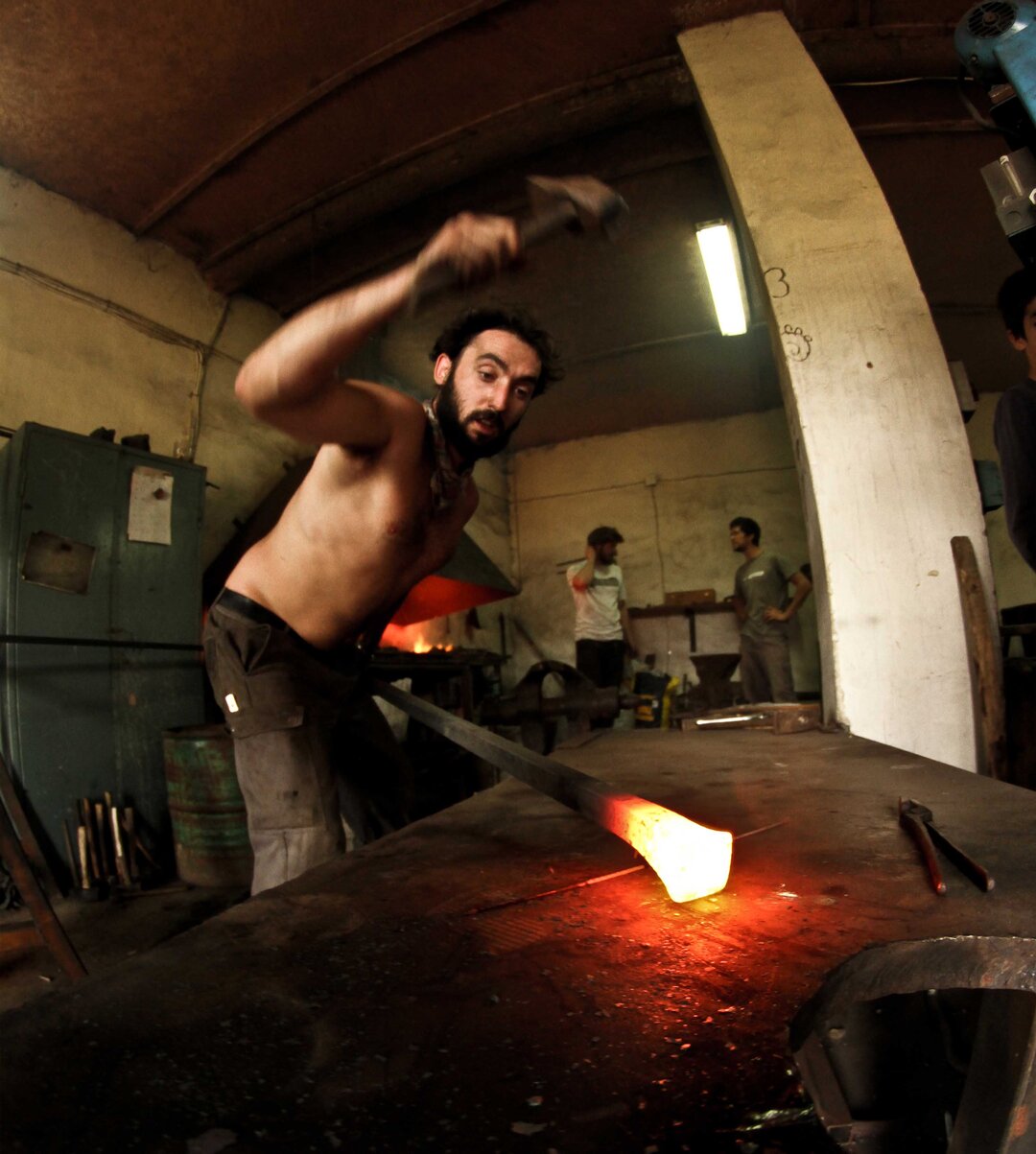
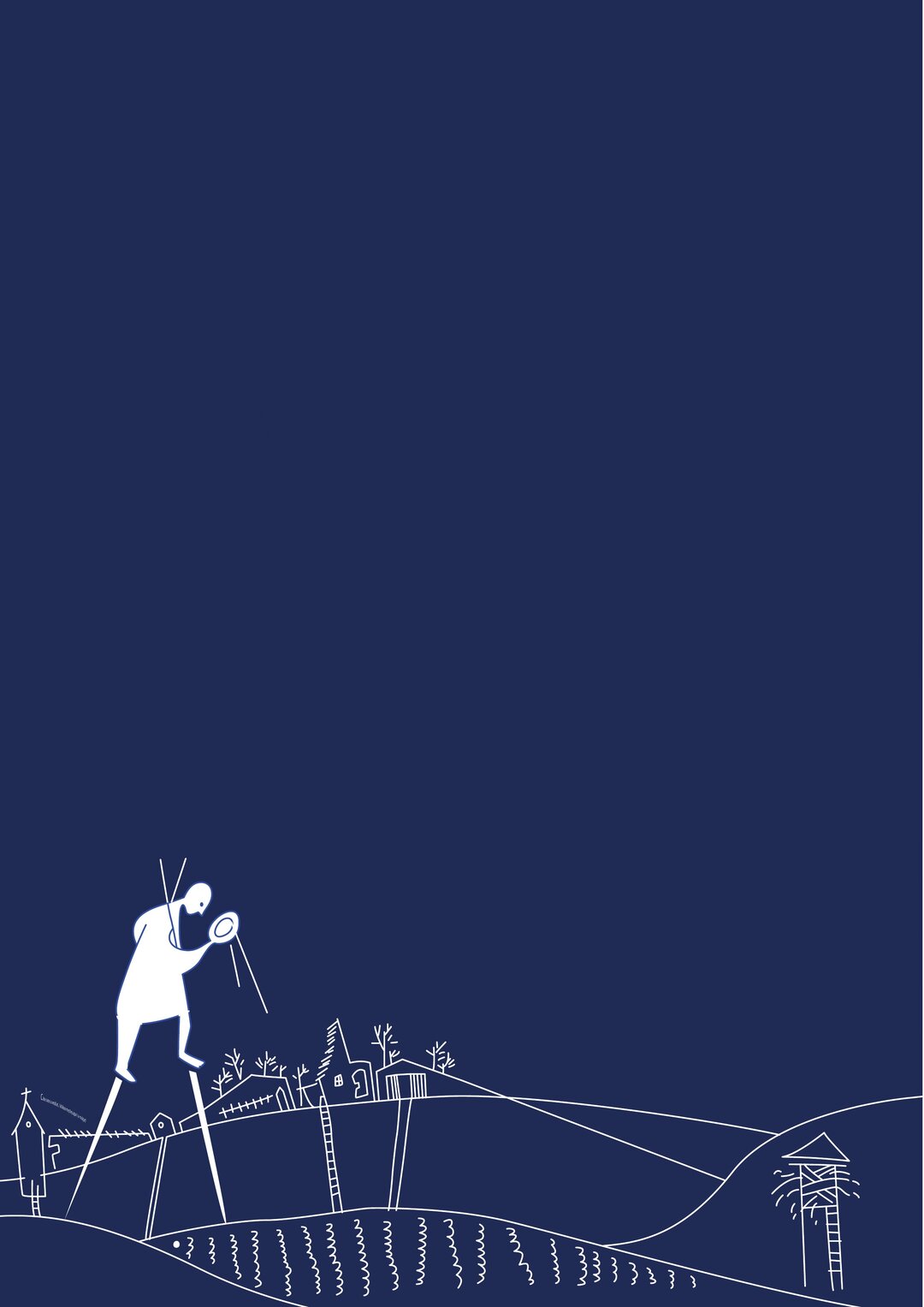

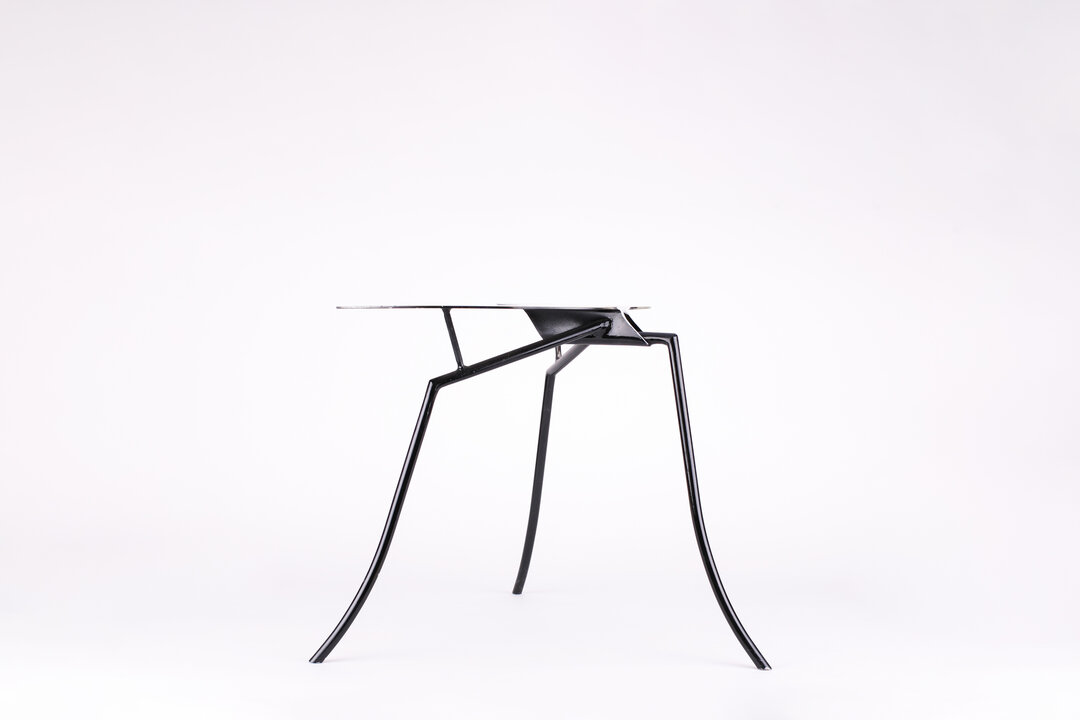
%2035.pdf--16926-m.jpg)
--16931-m.jpg)
